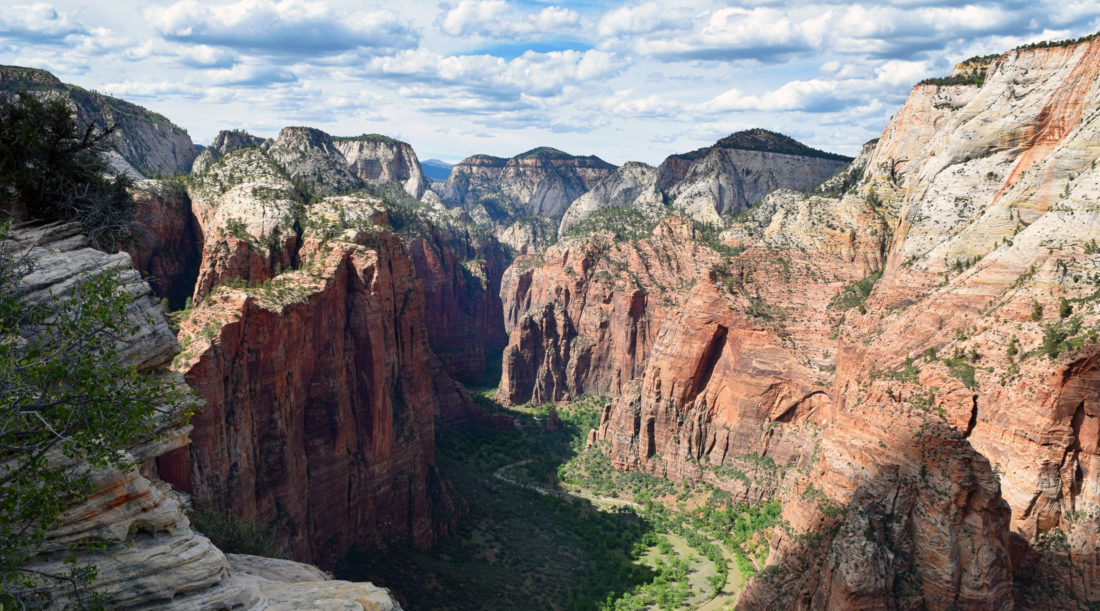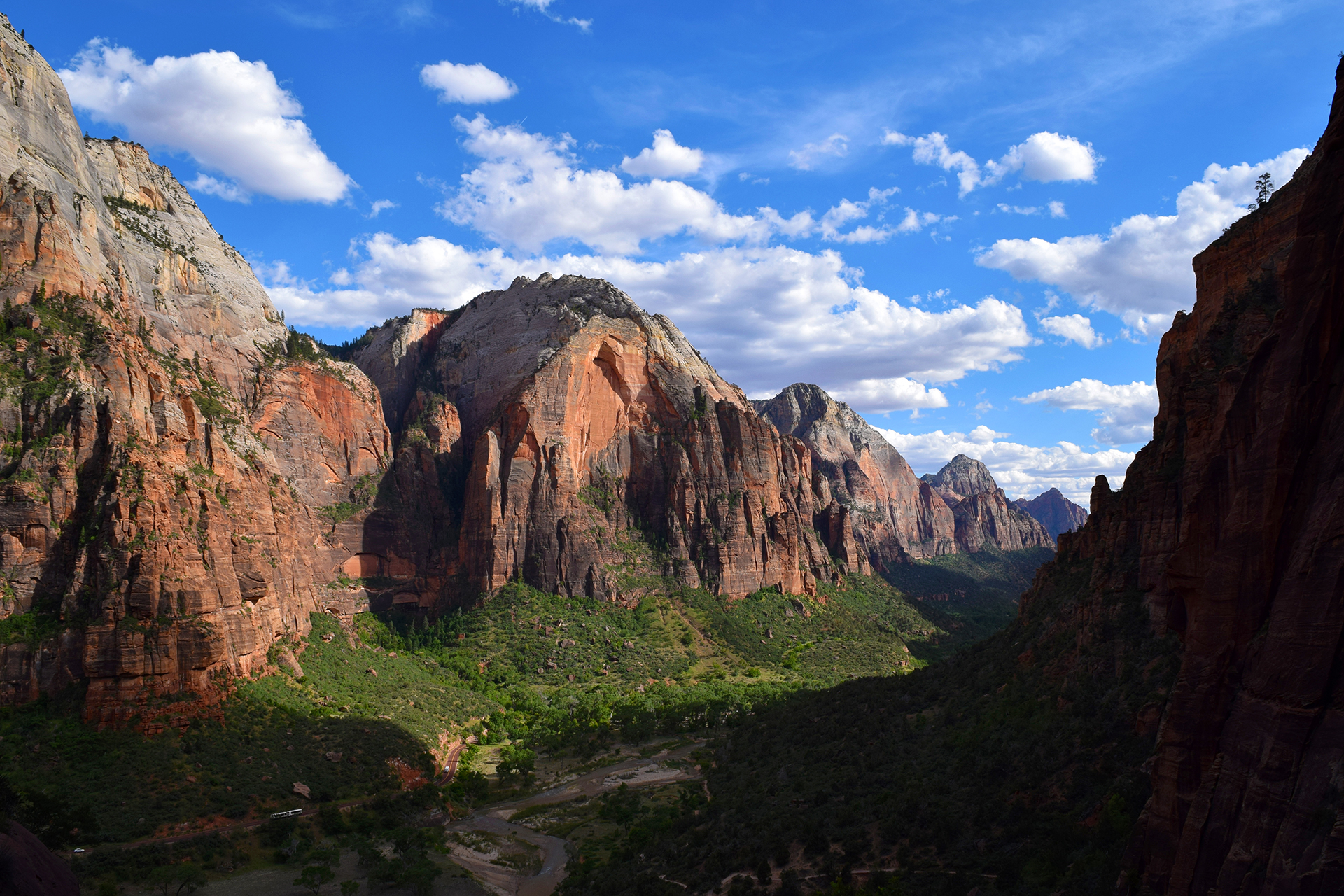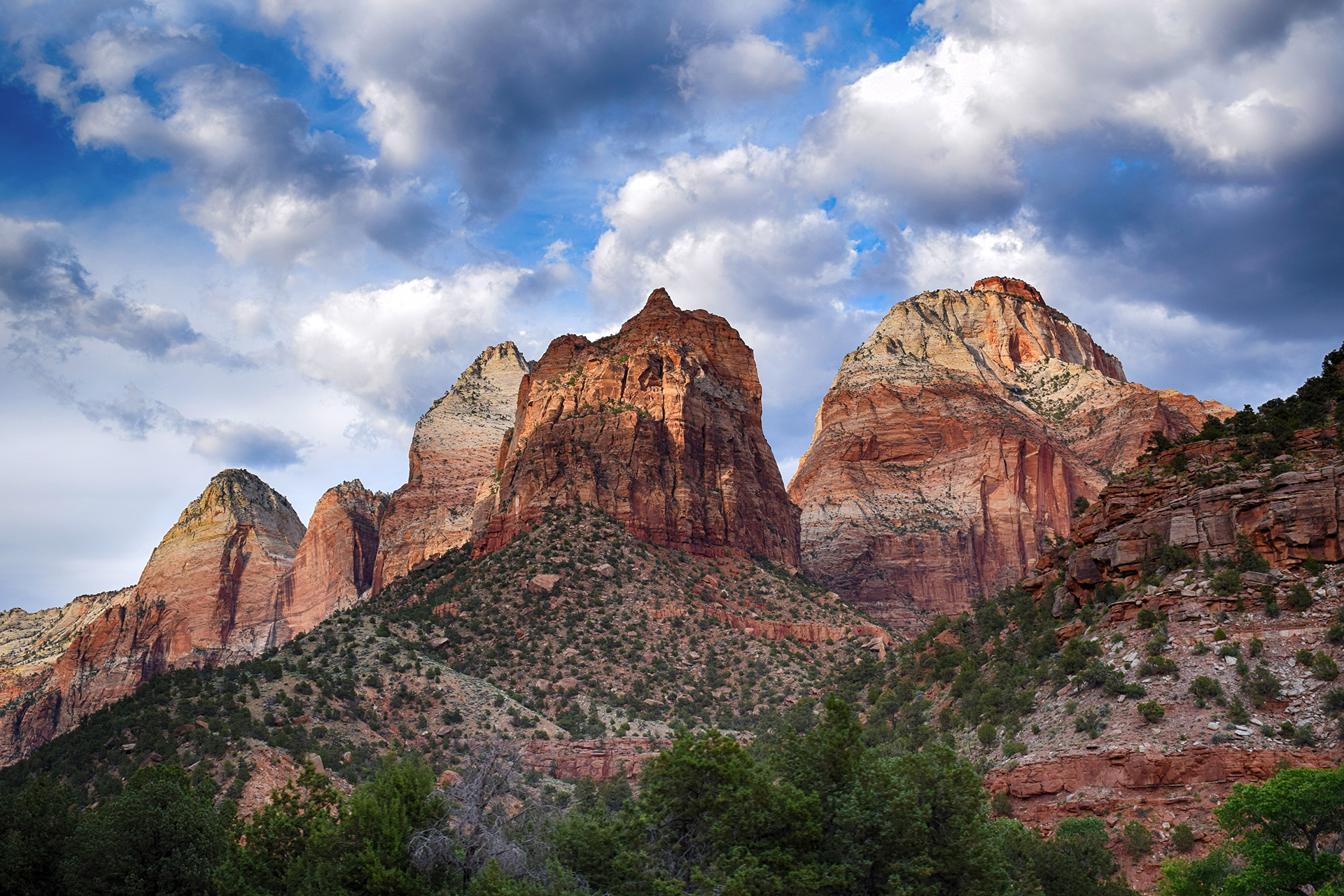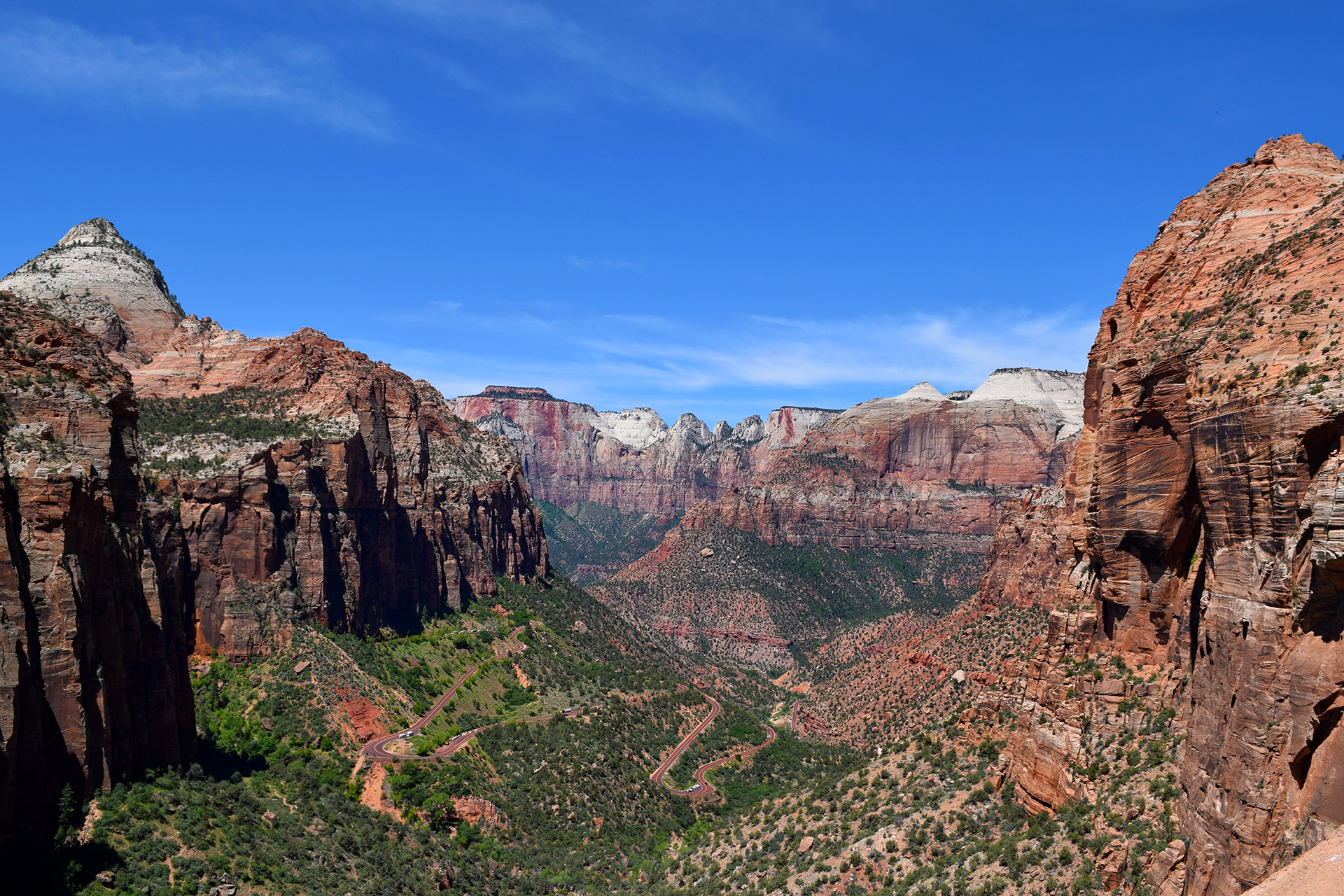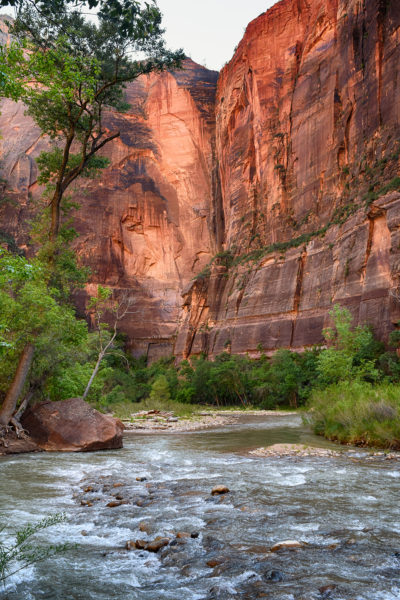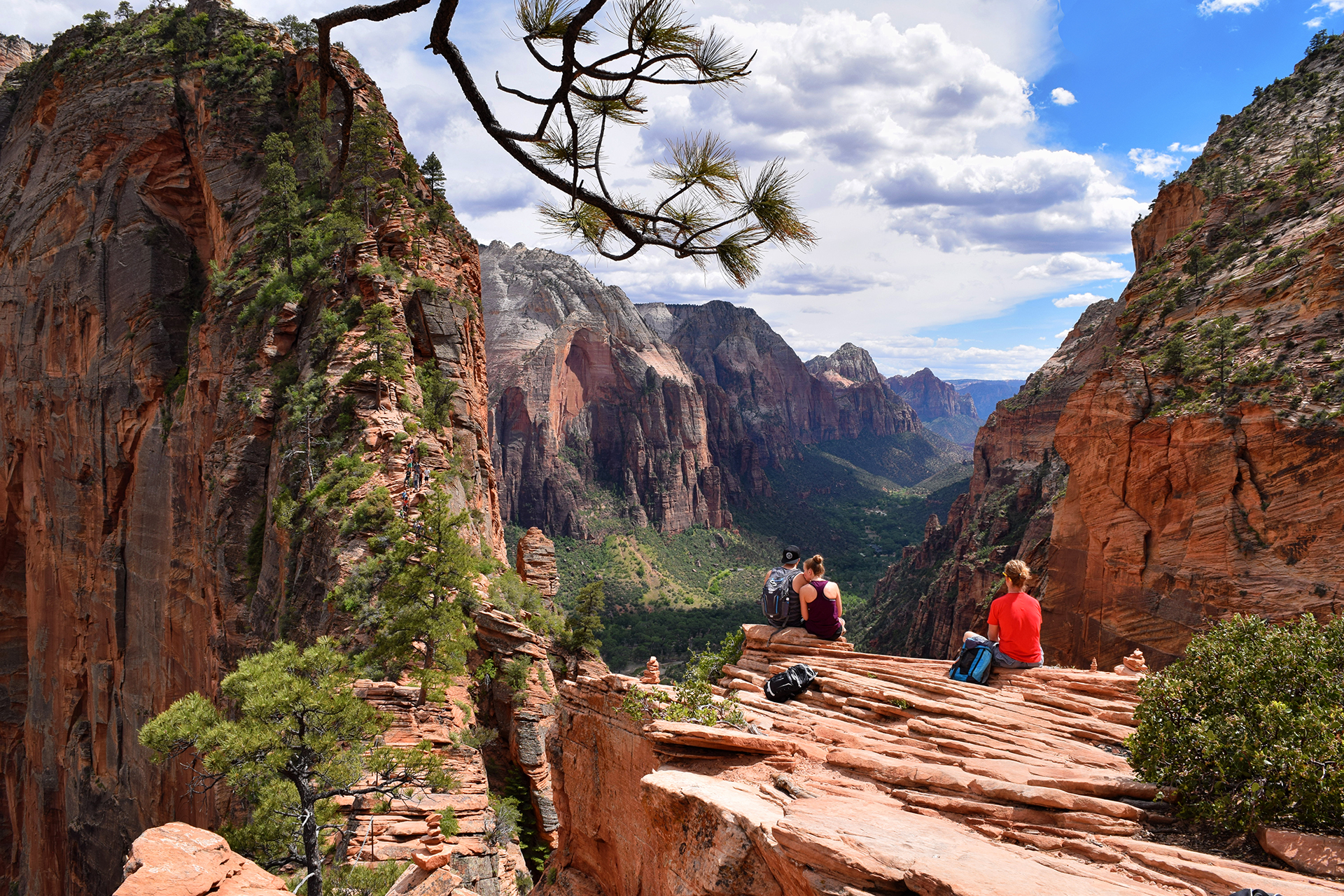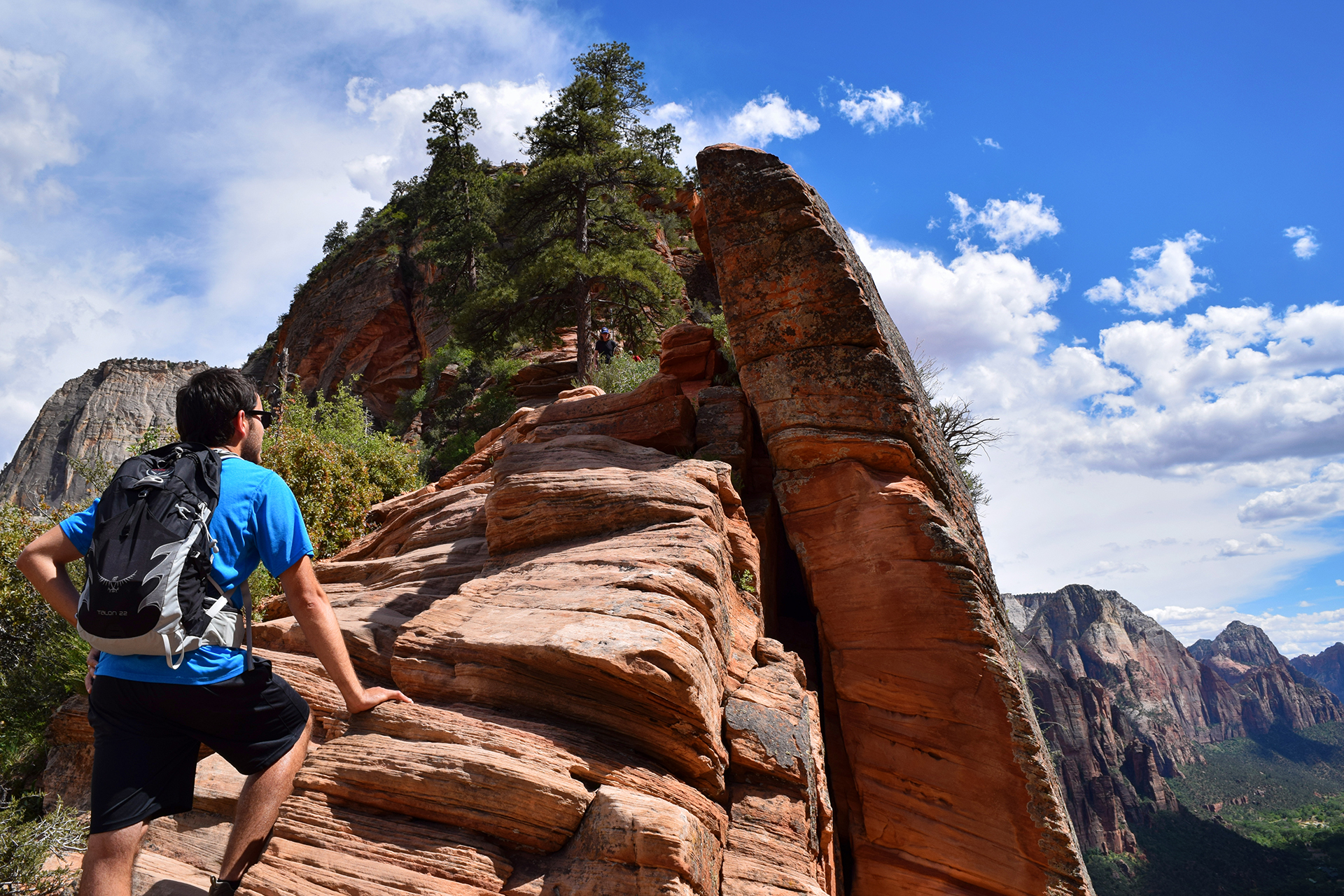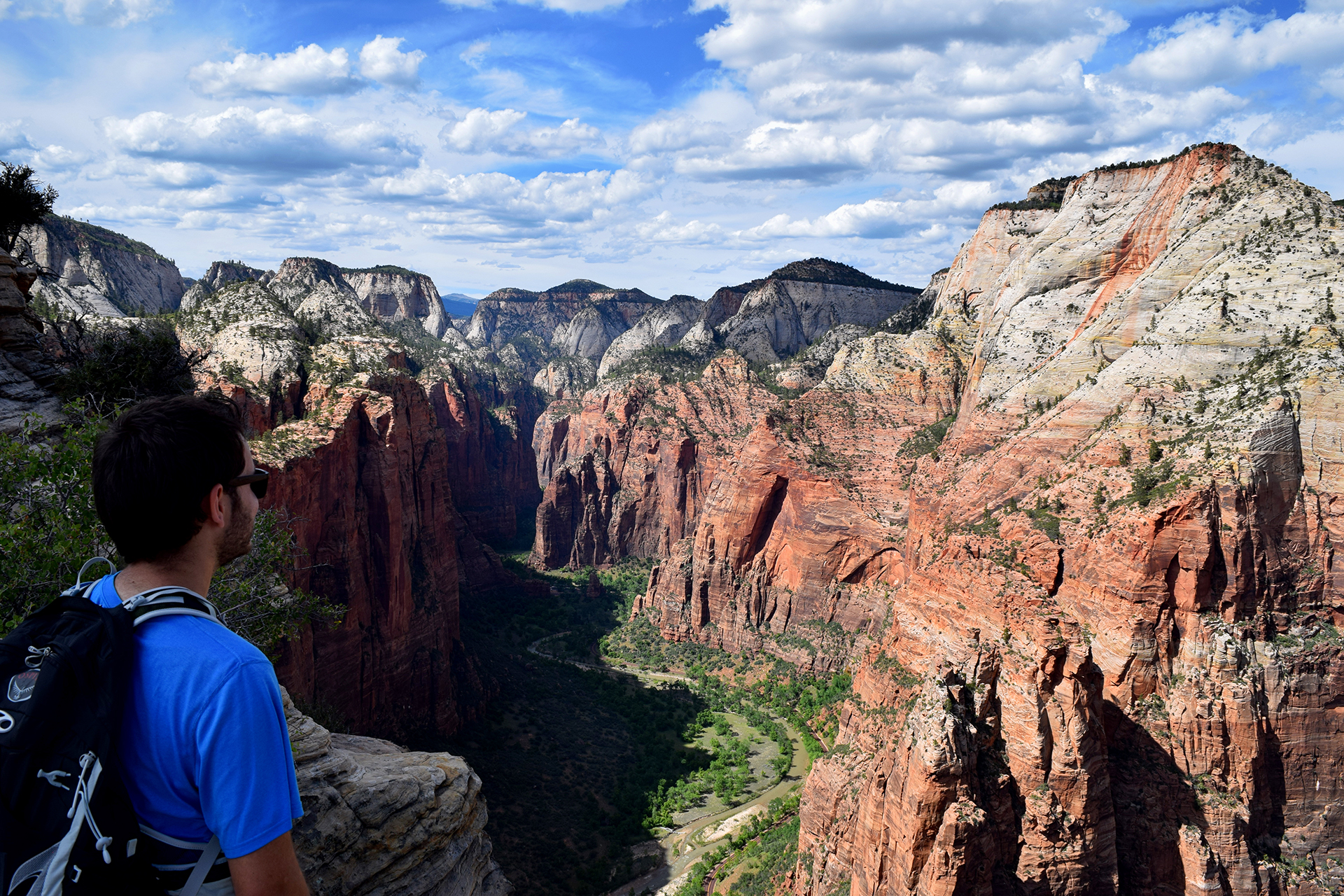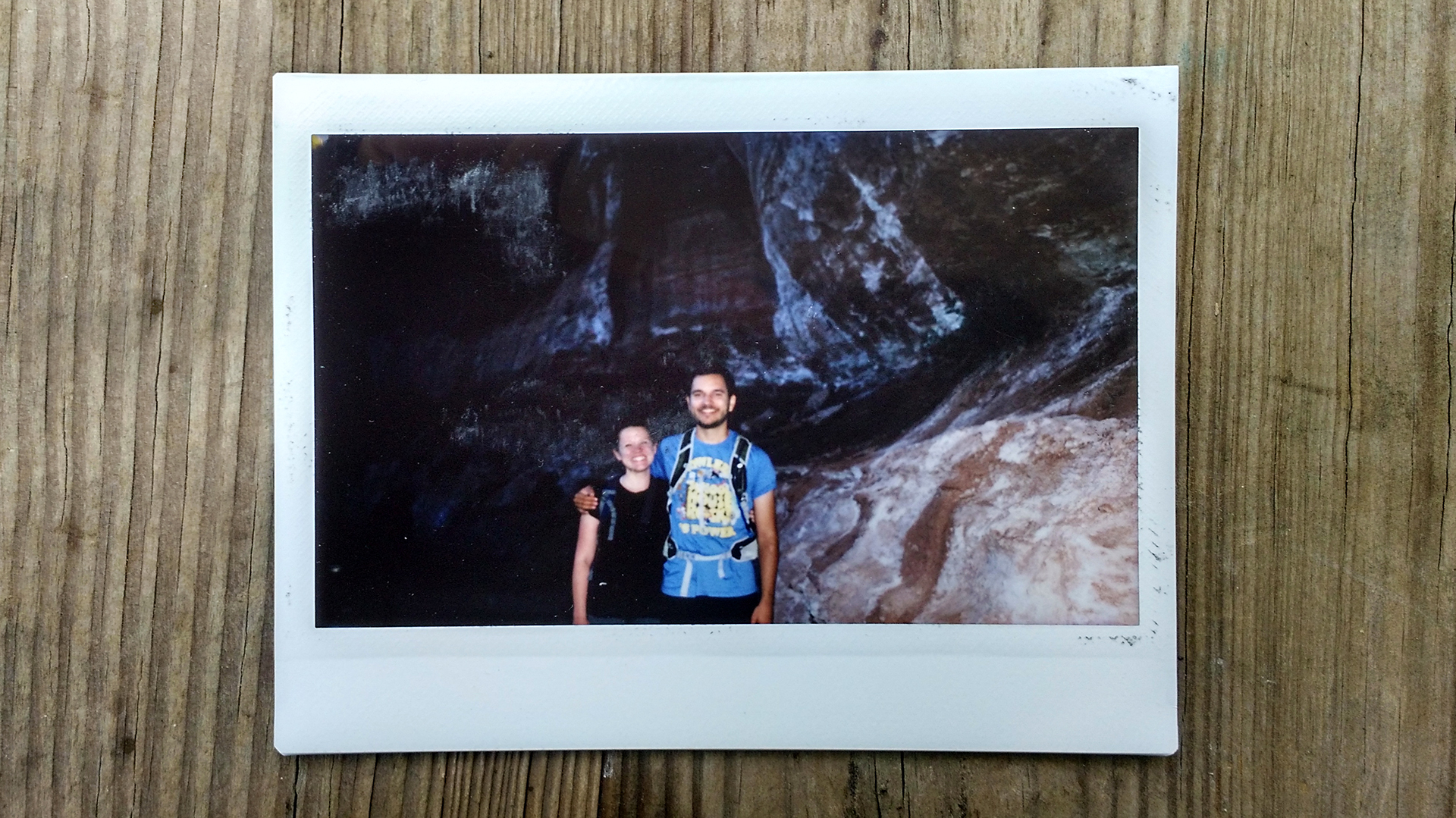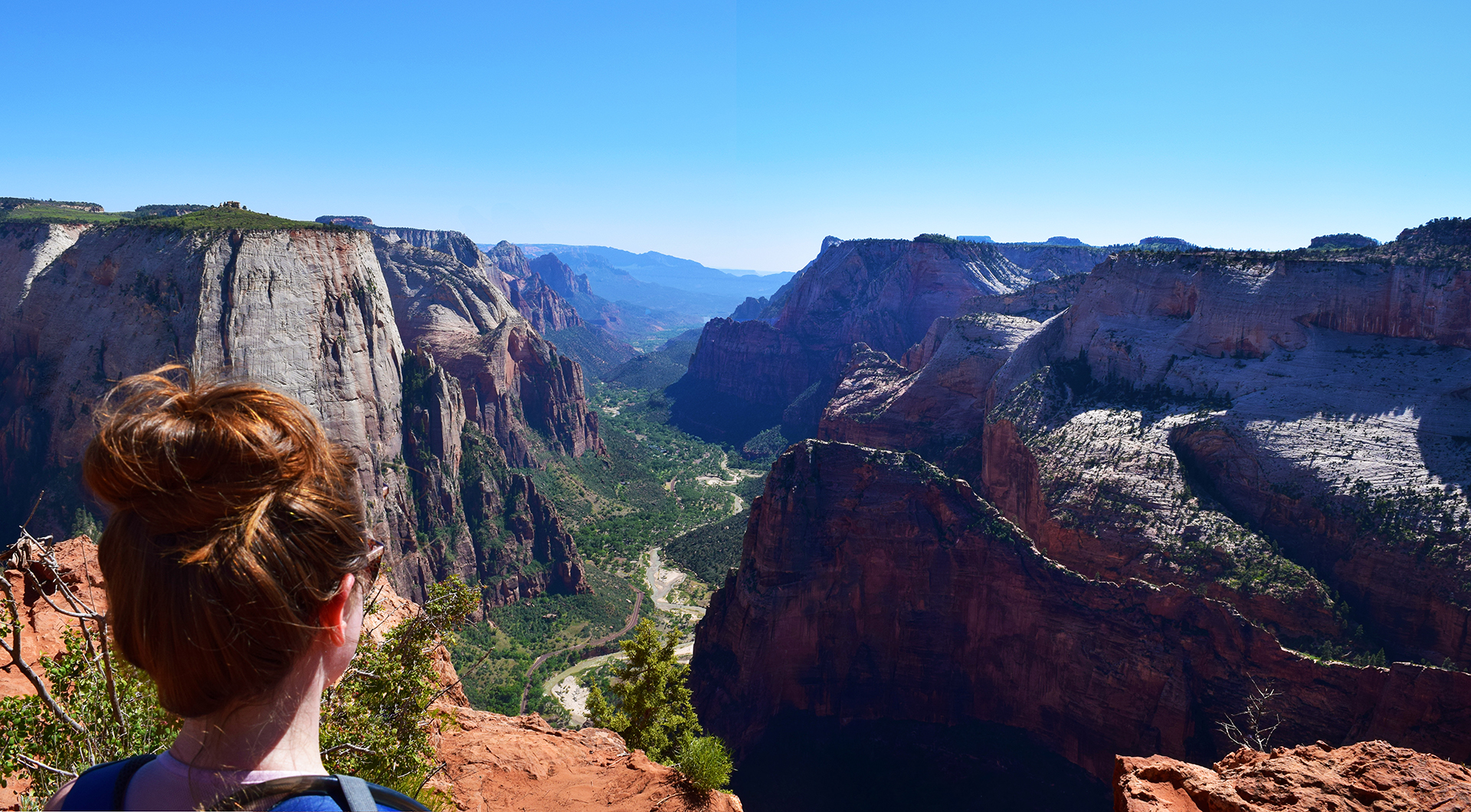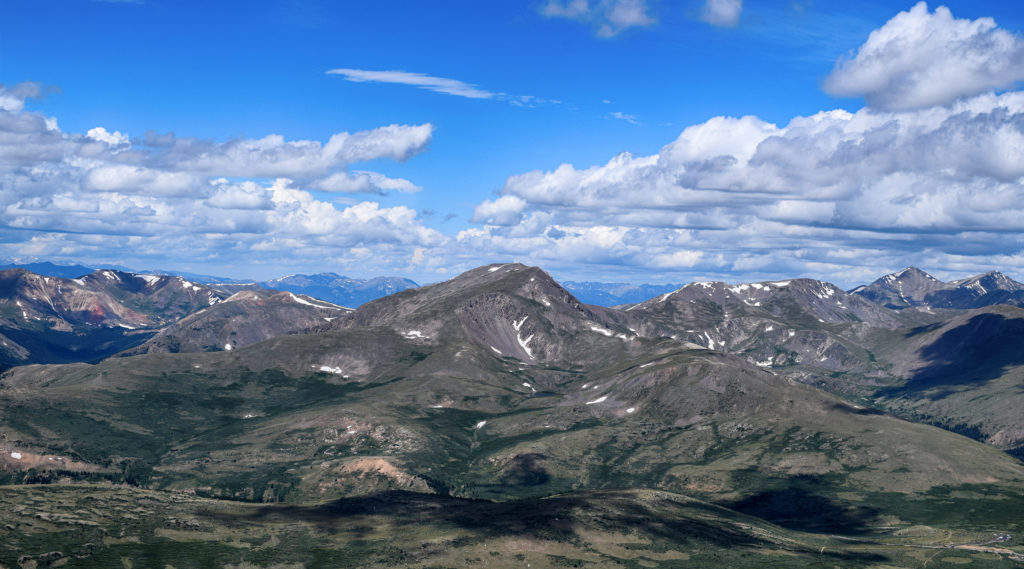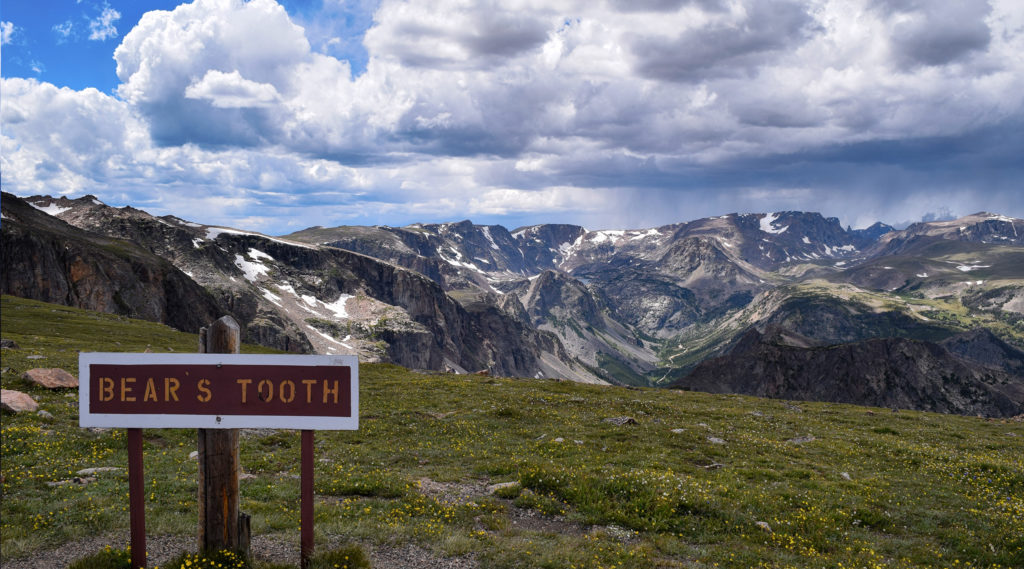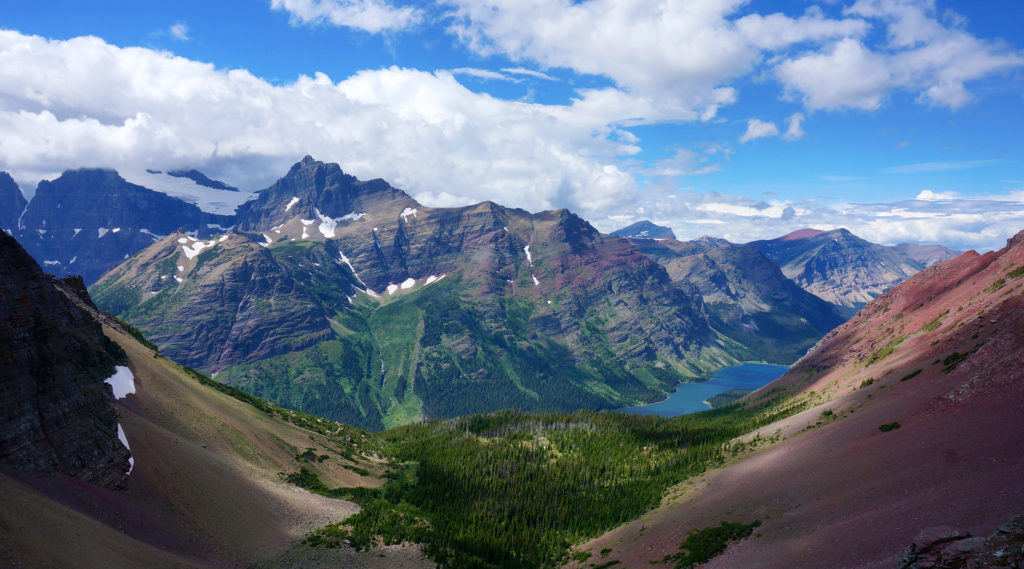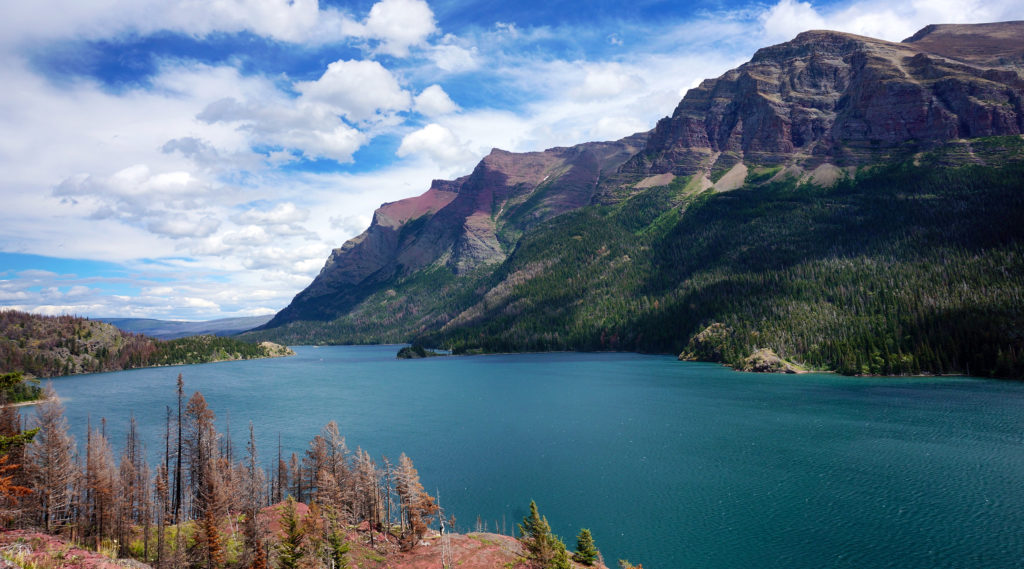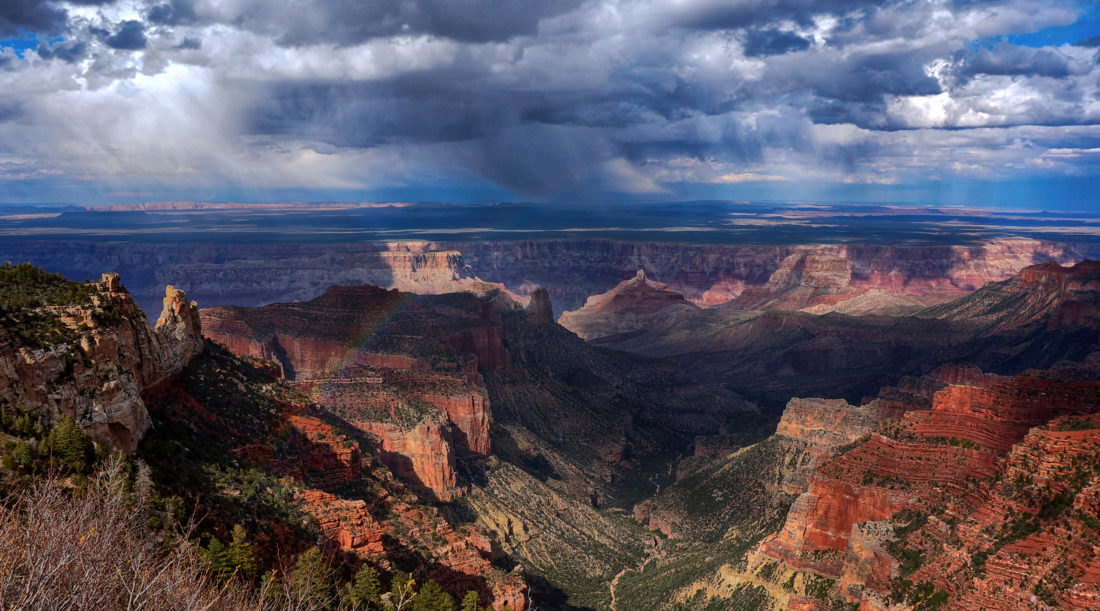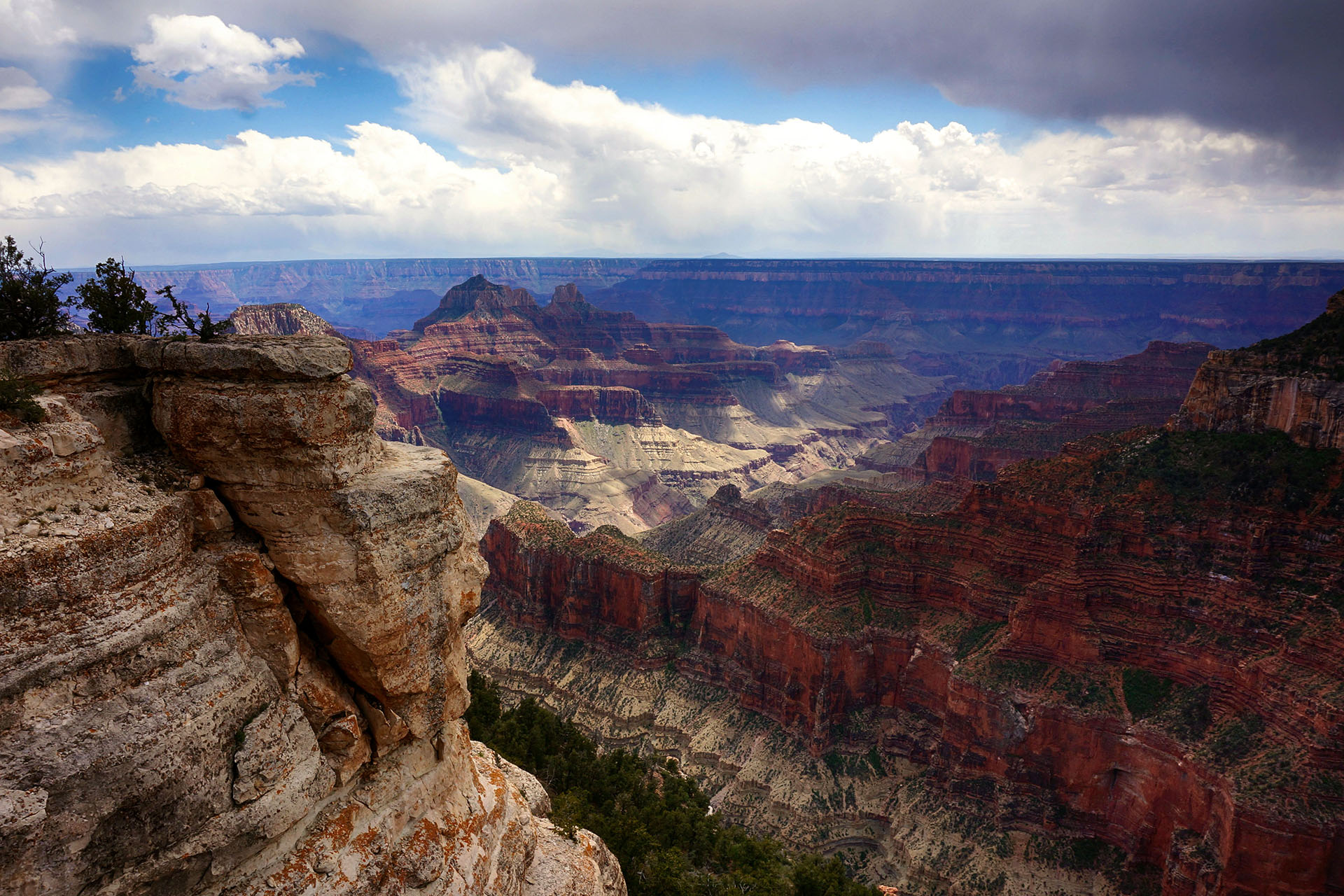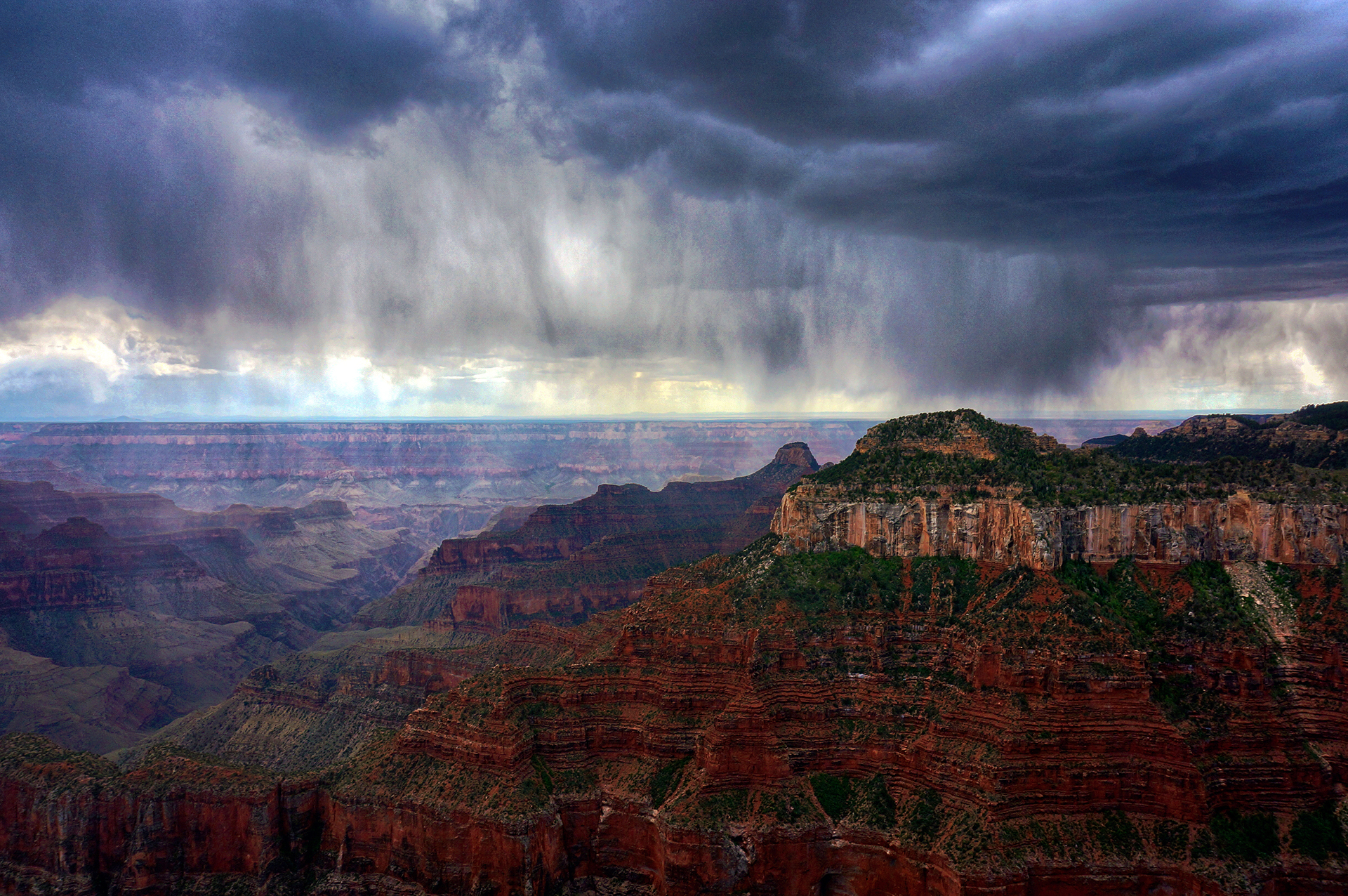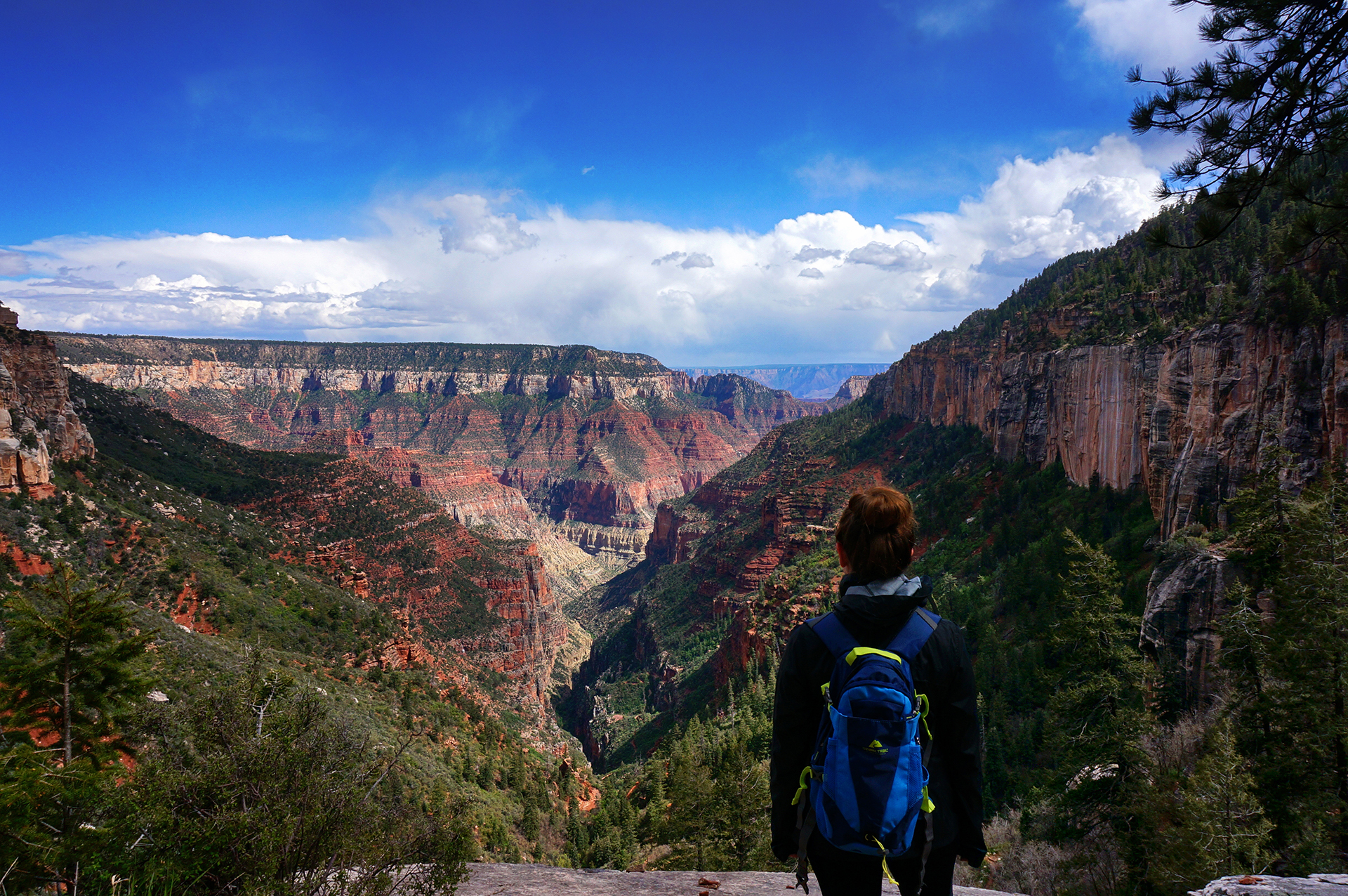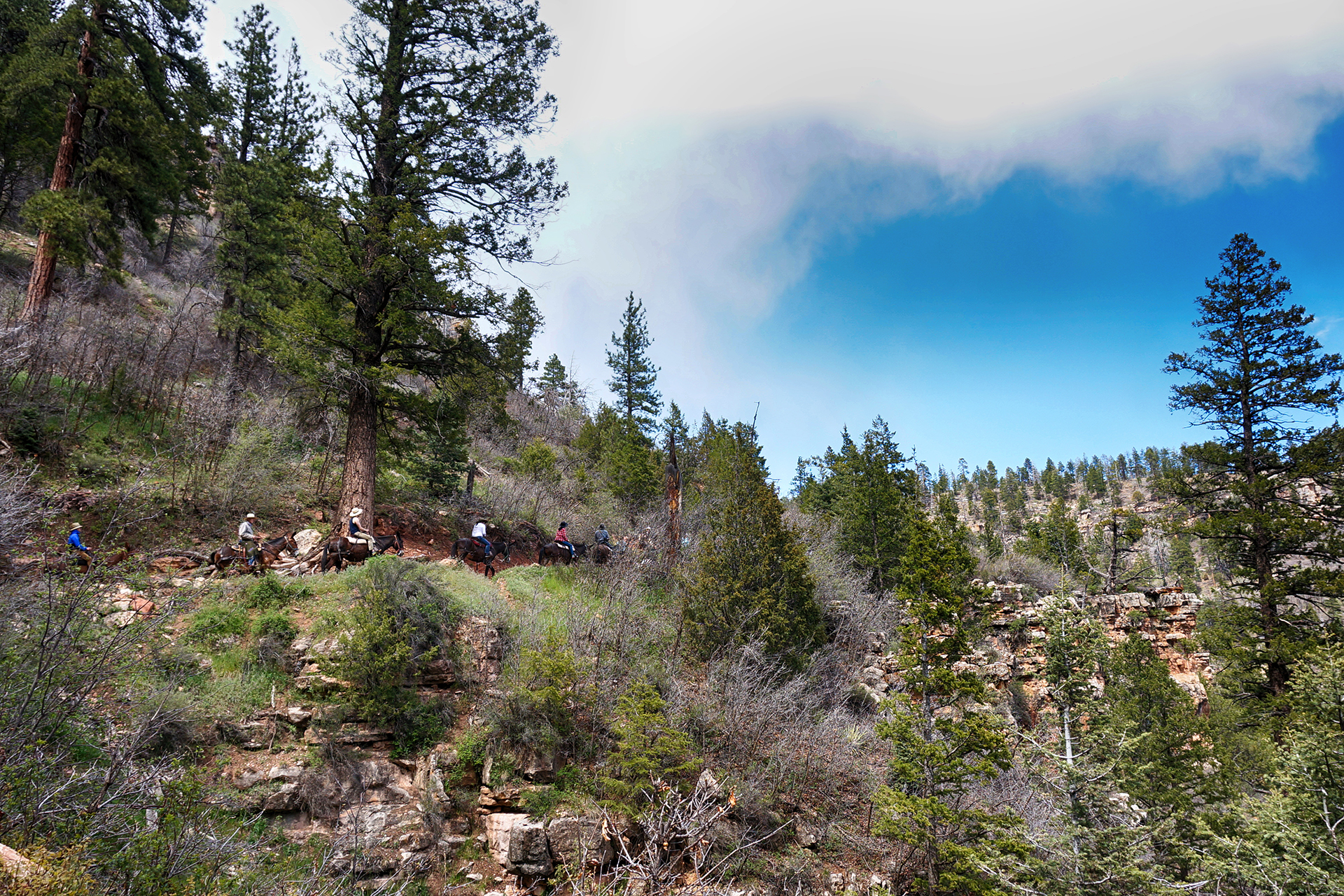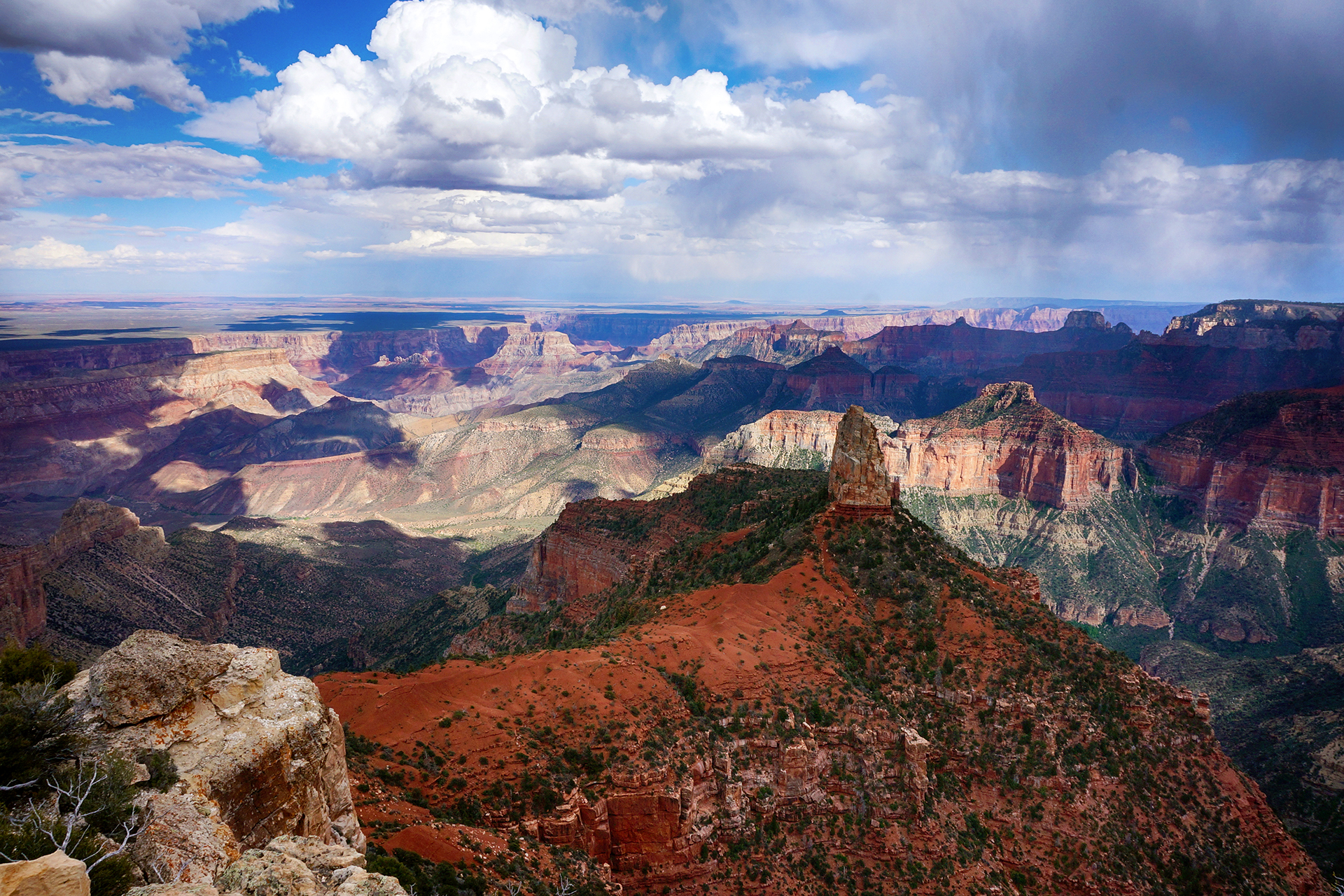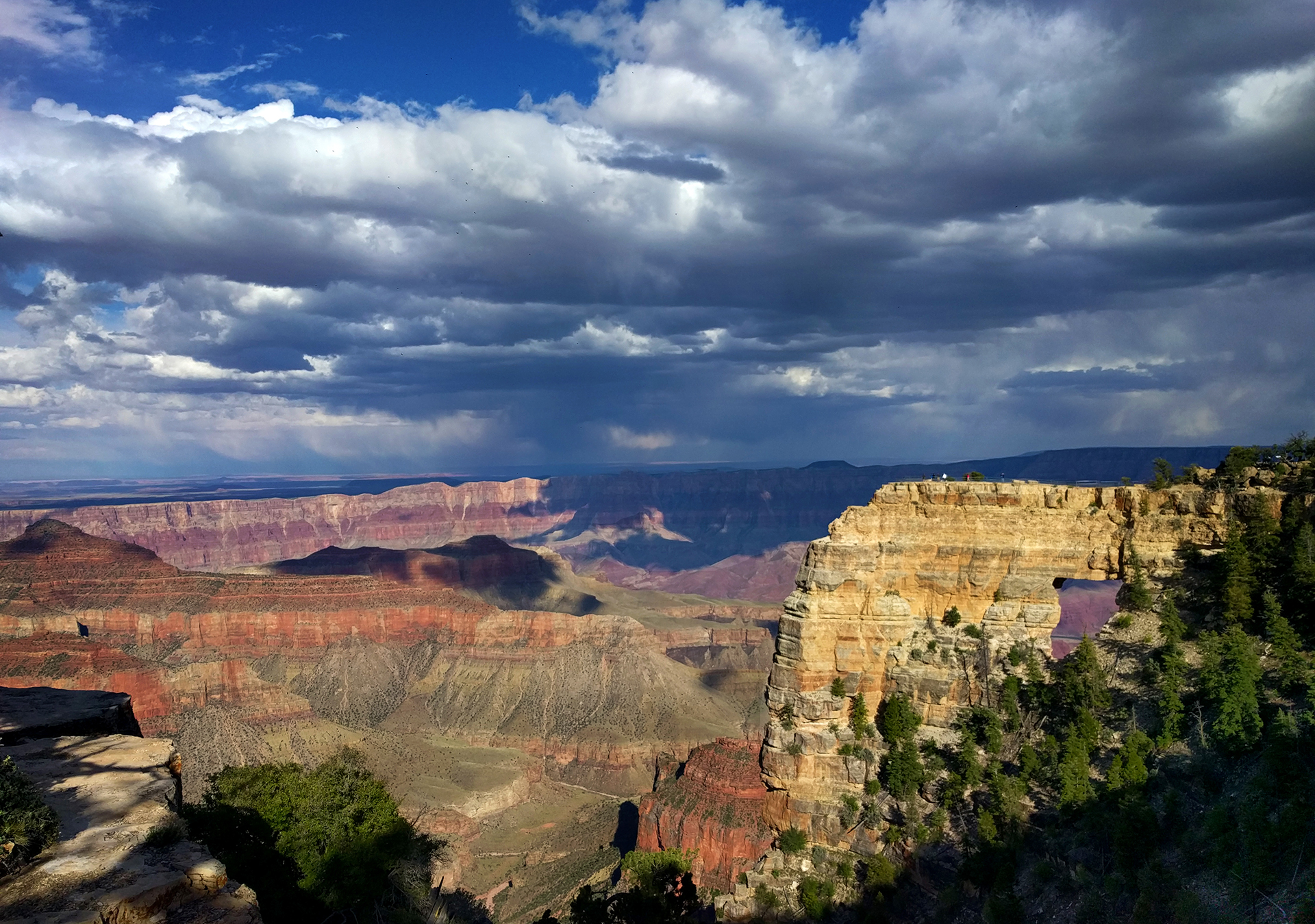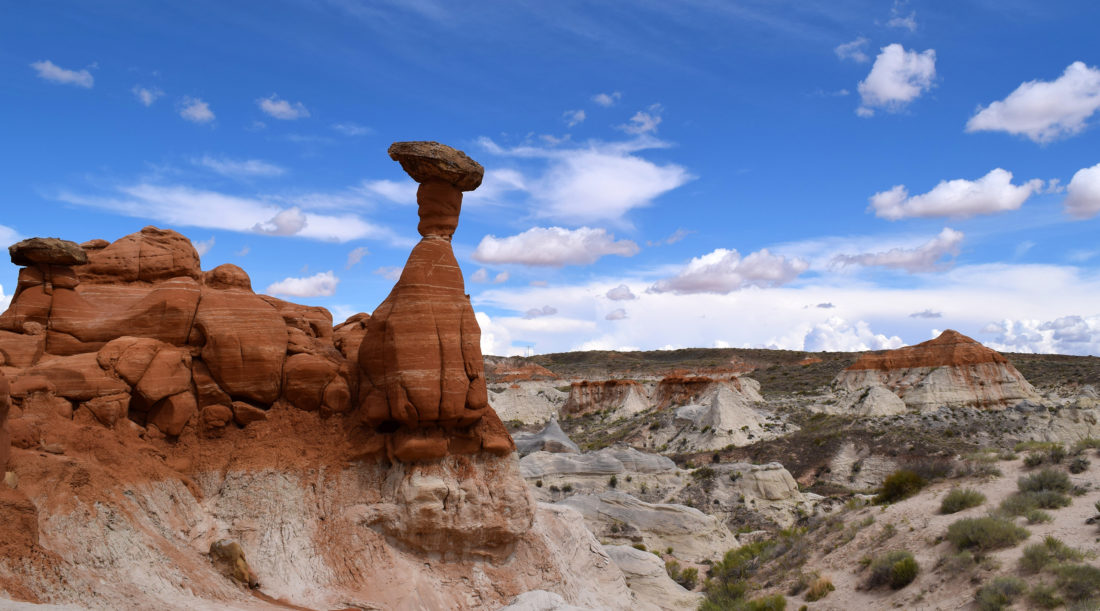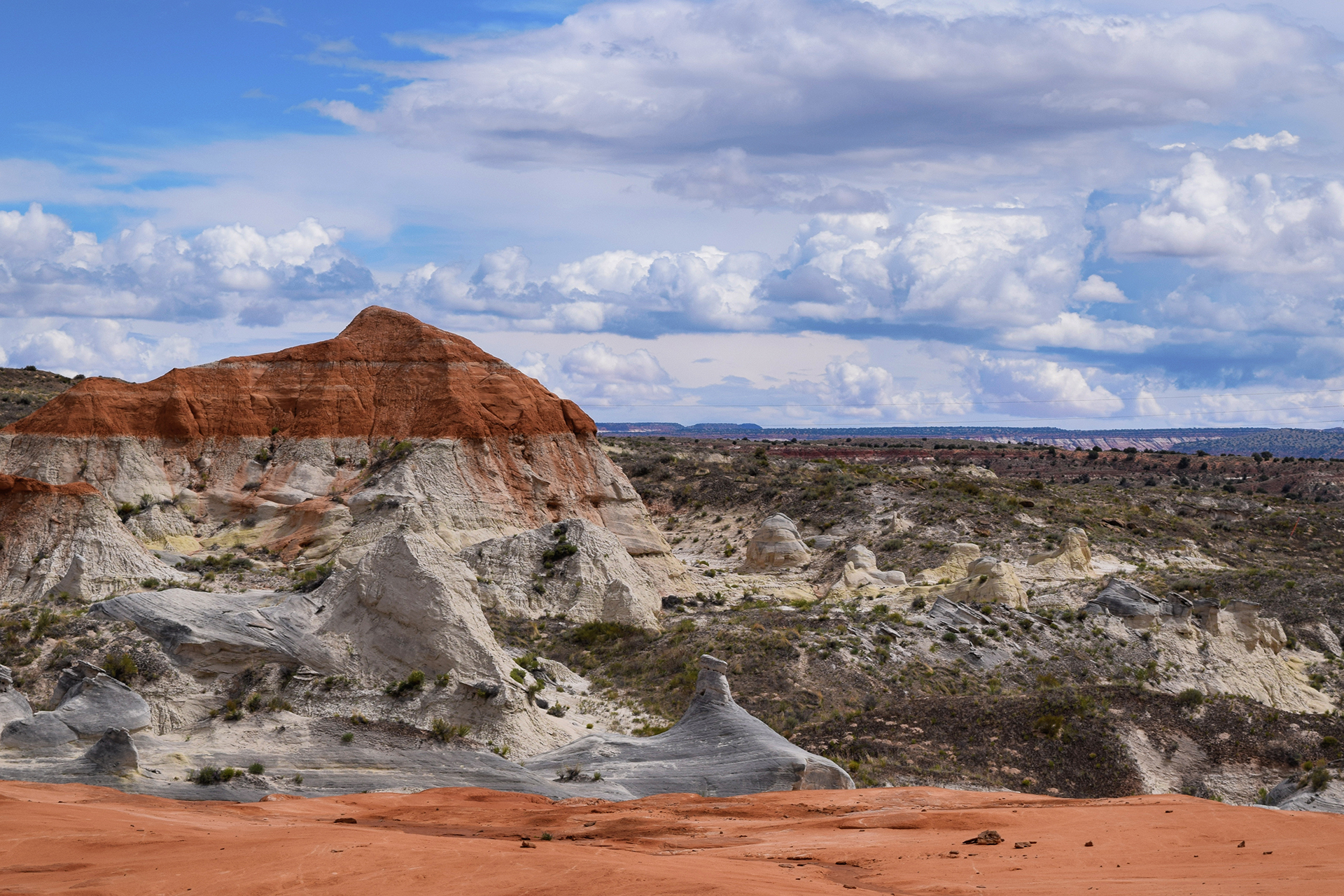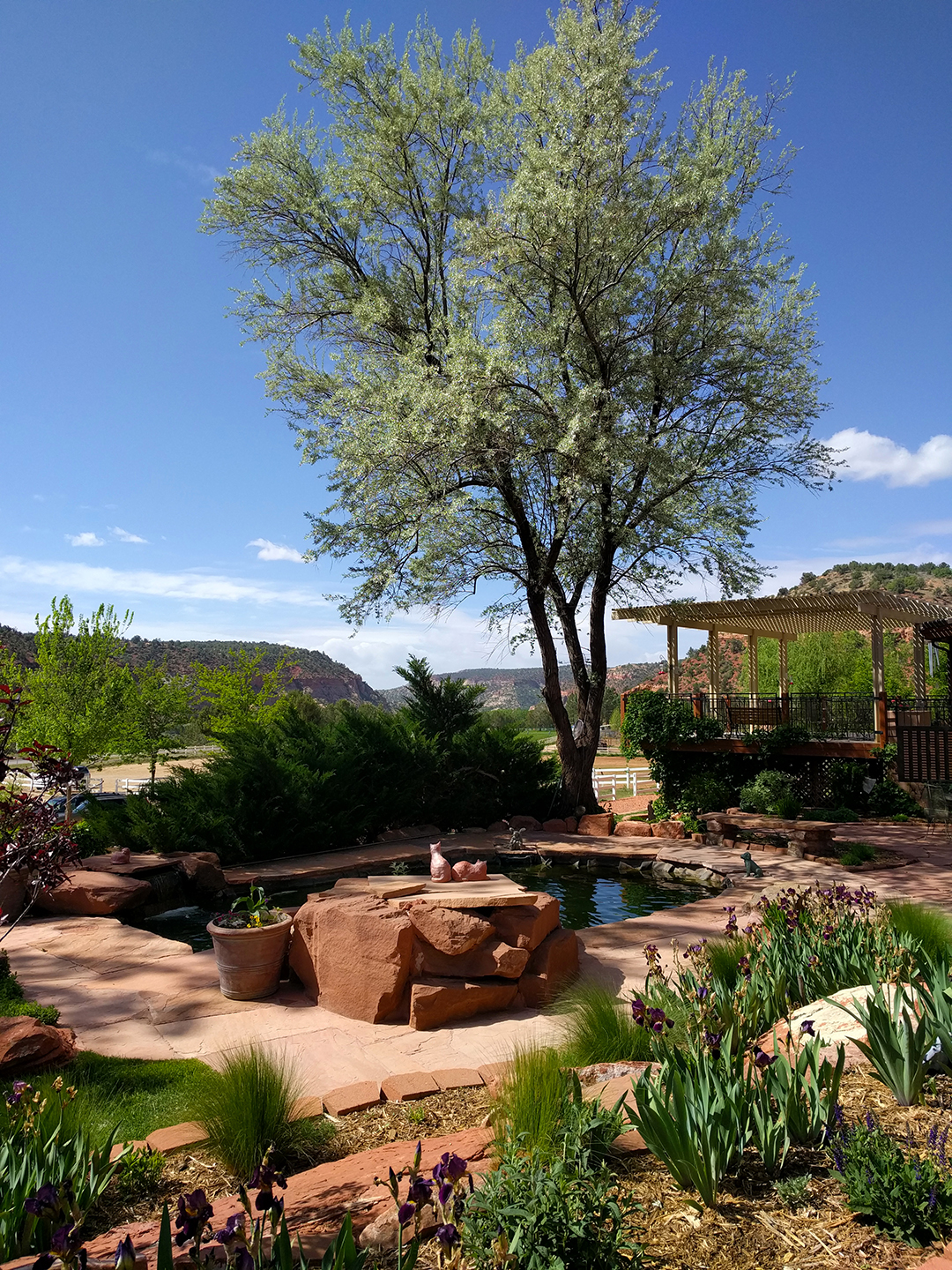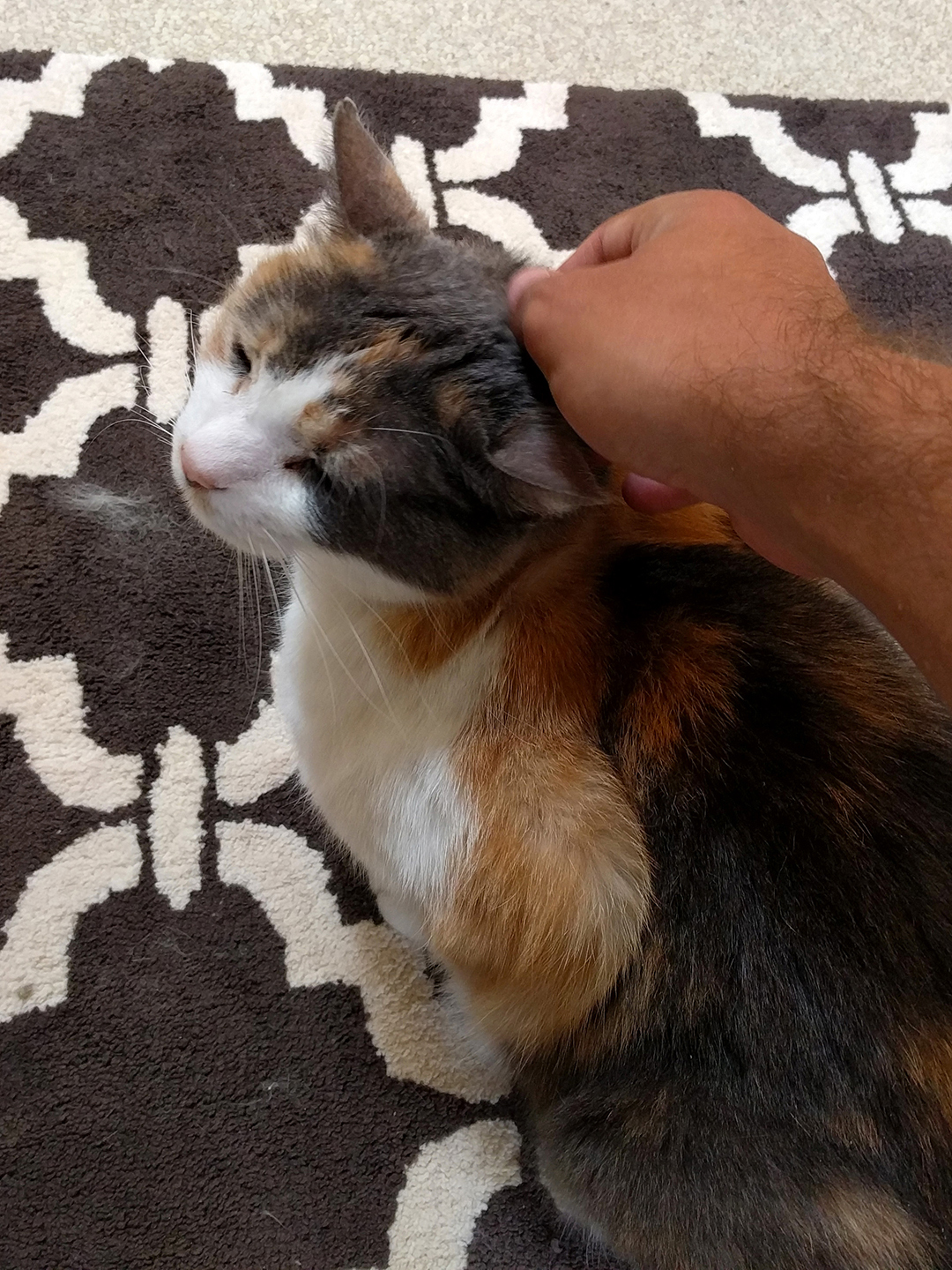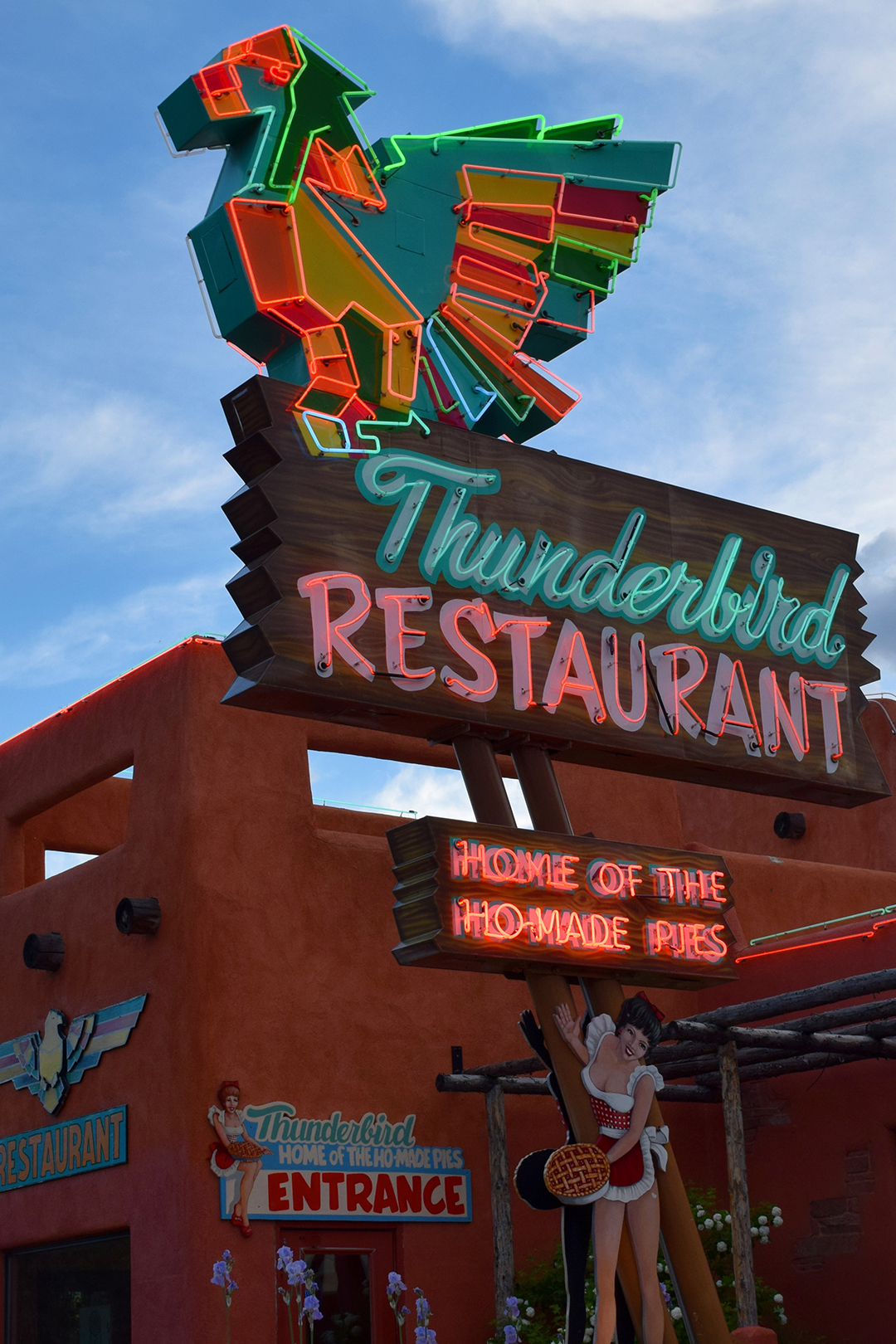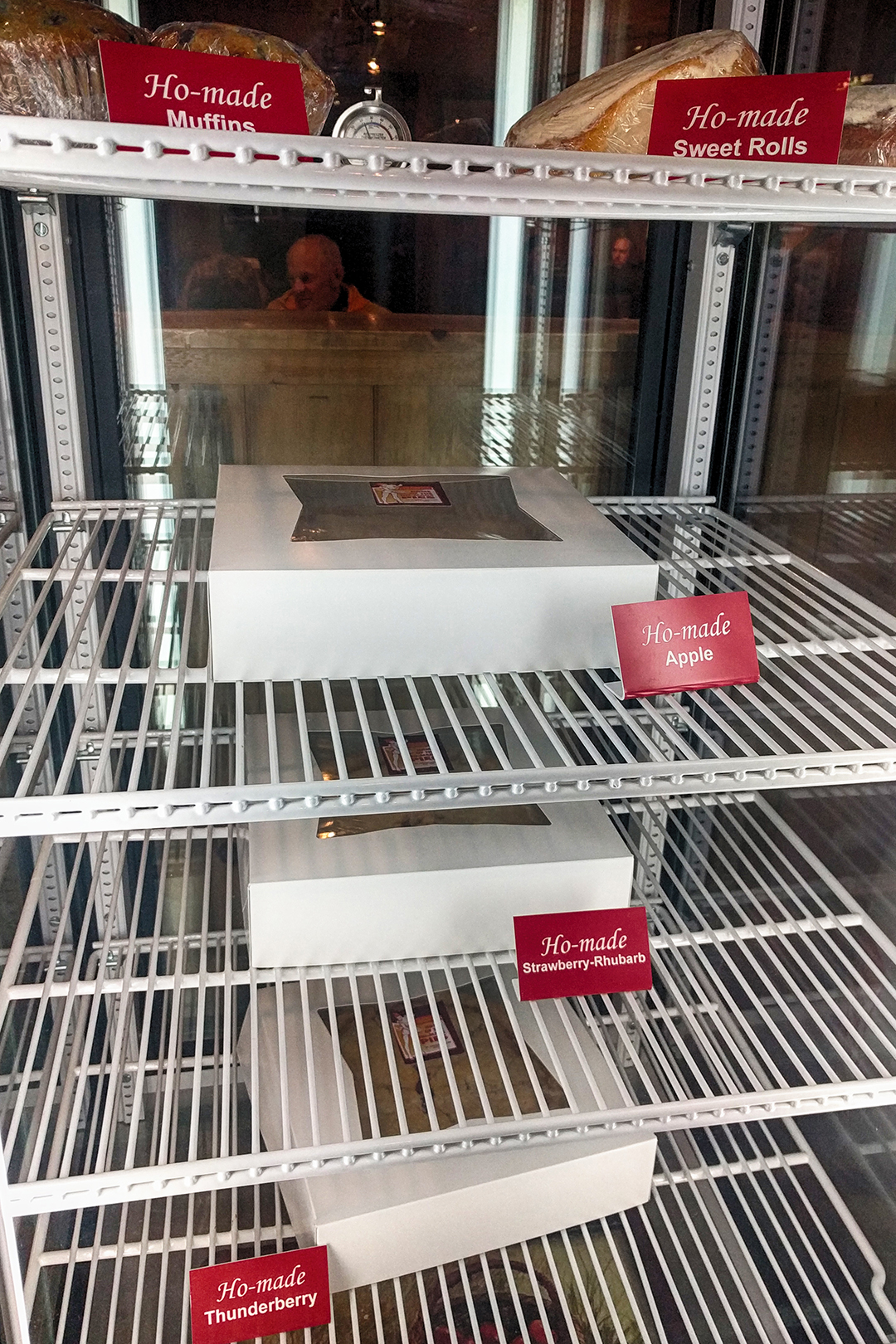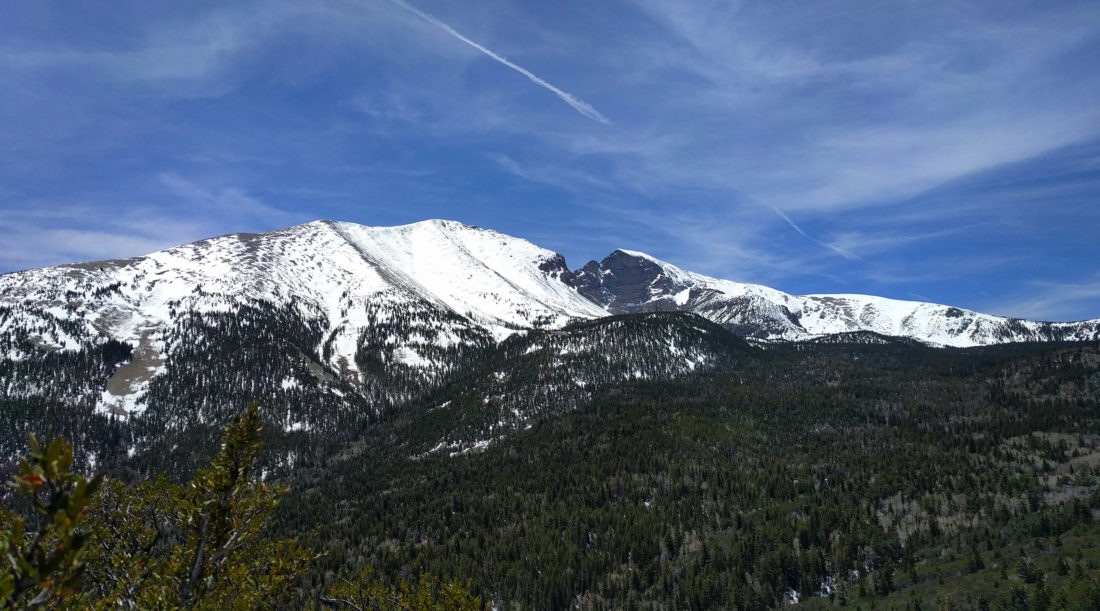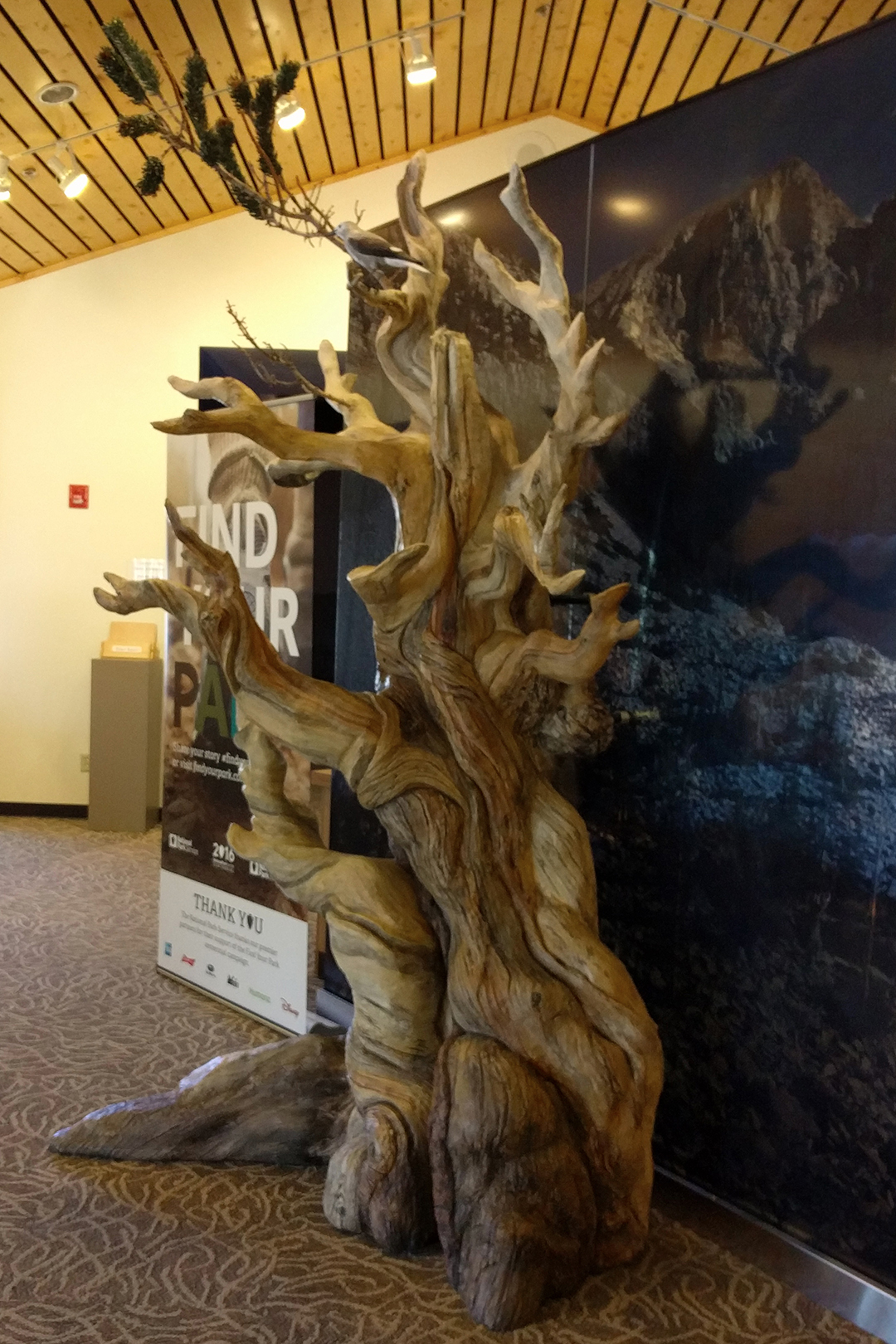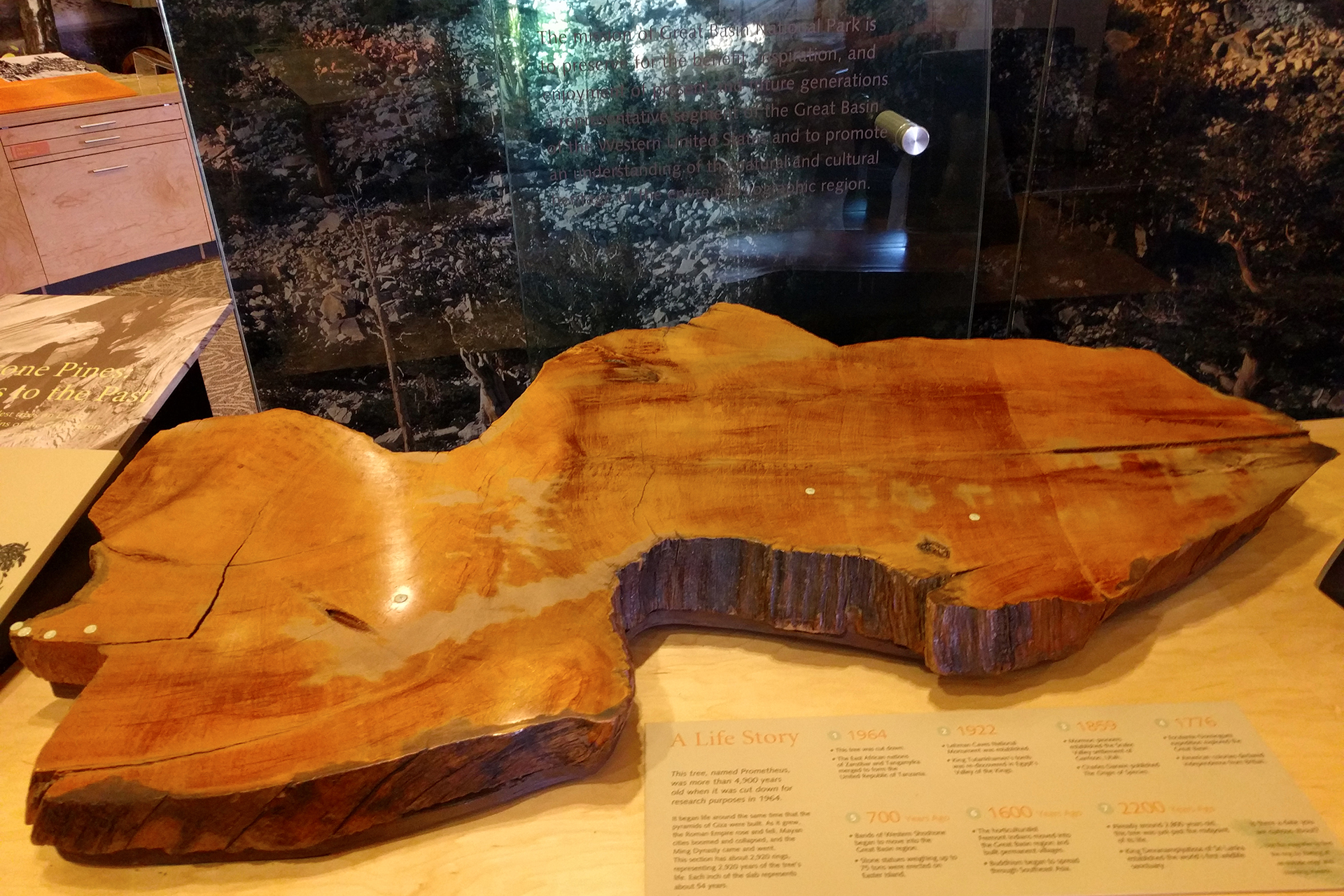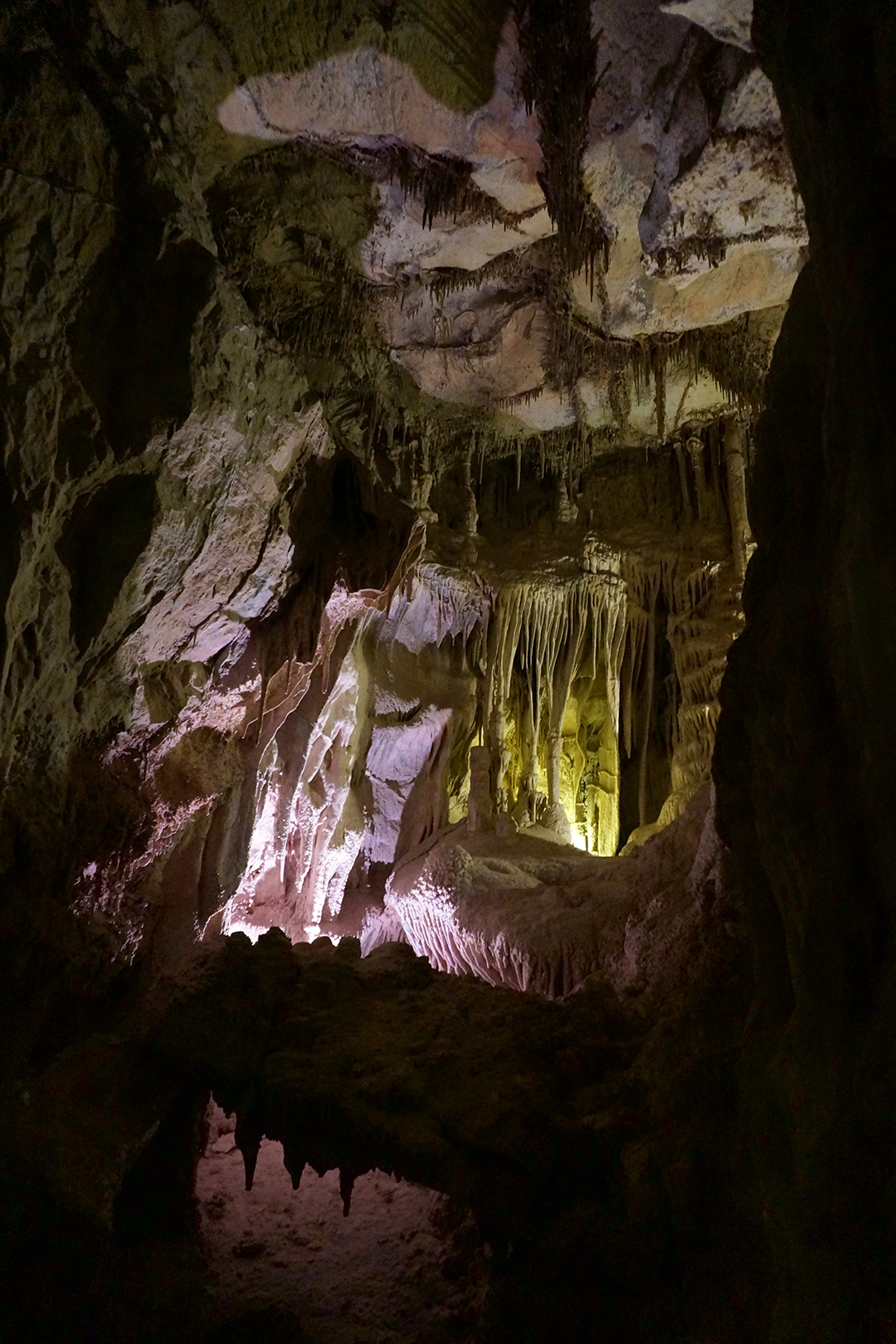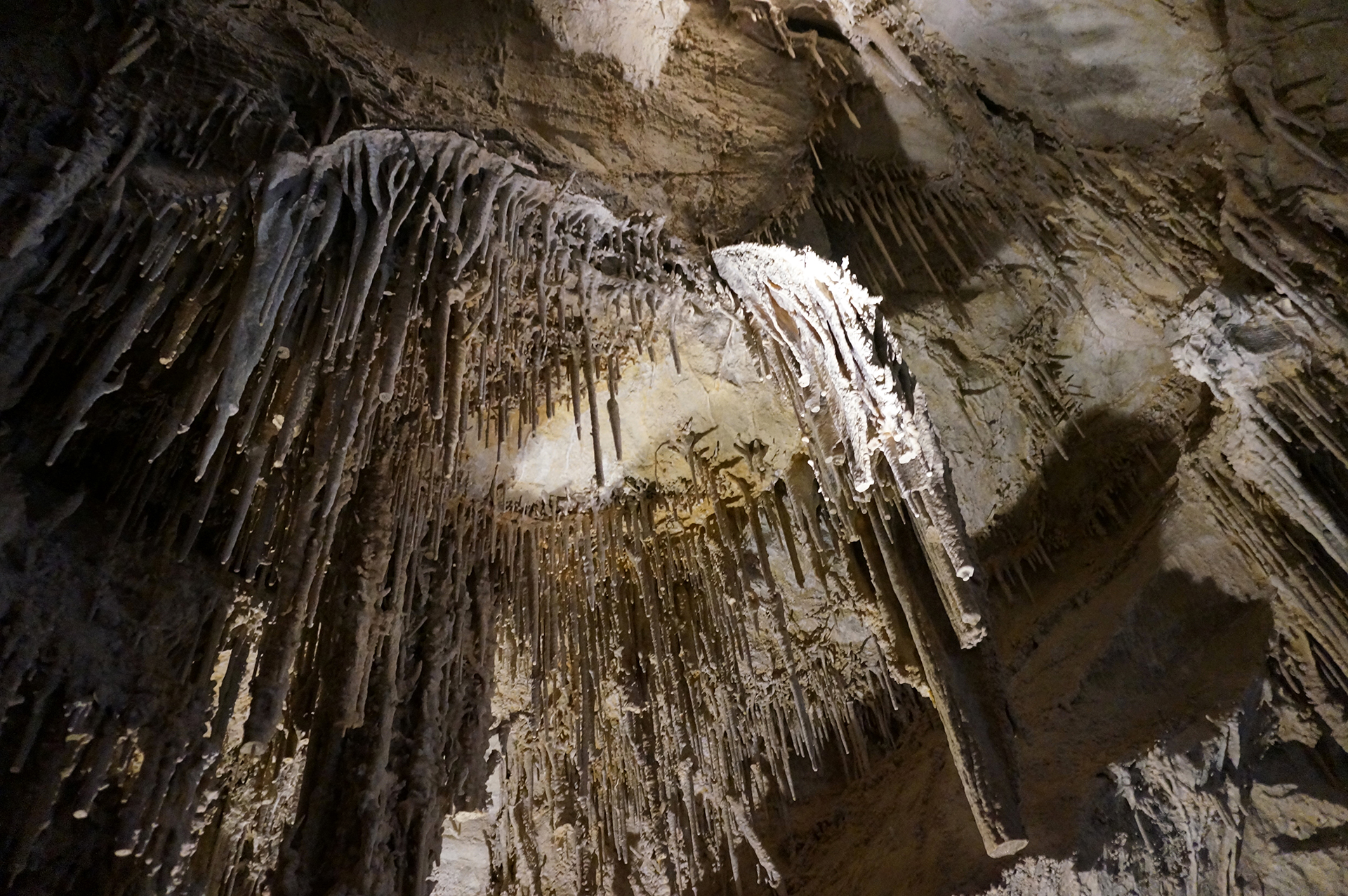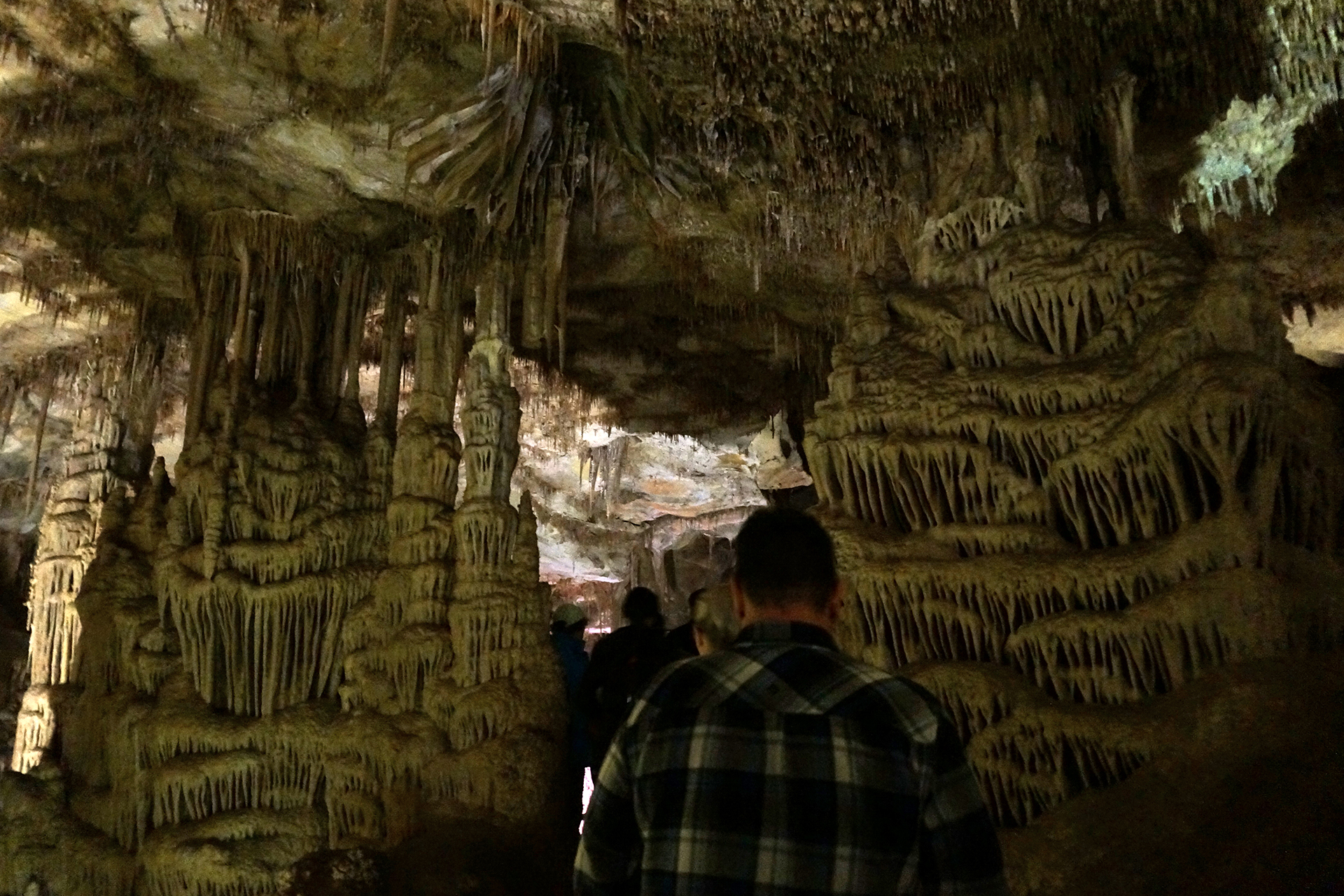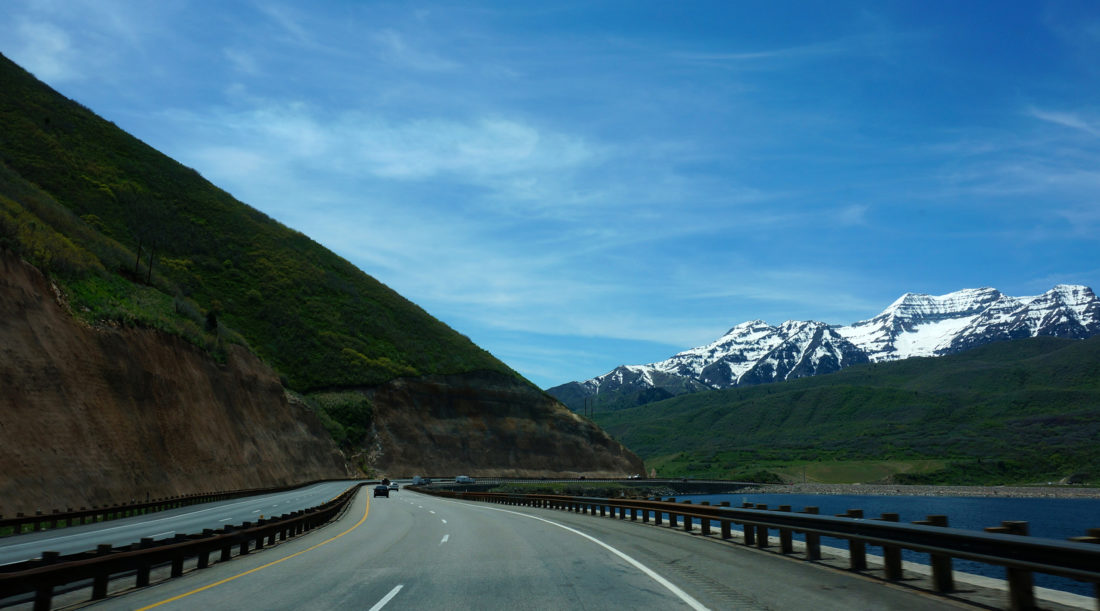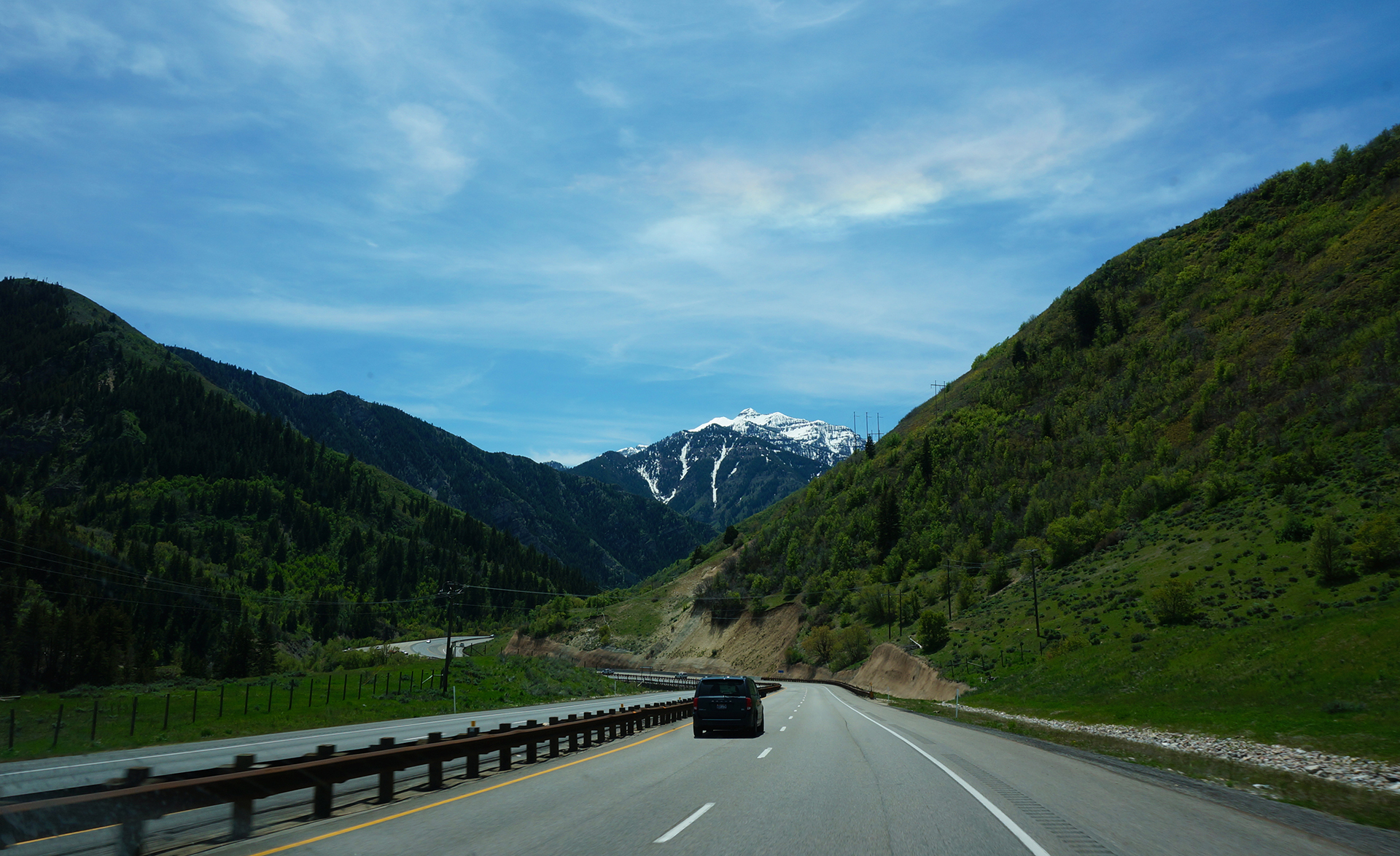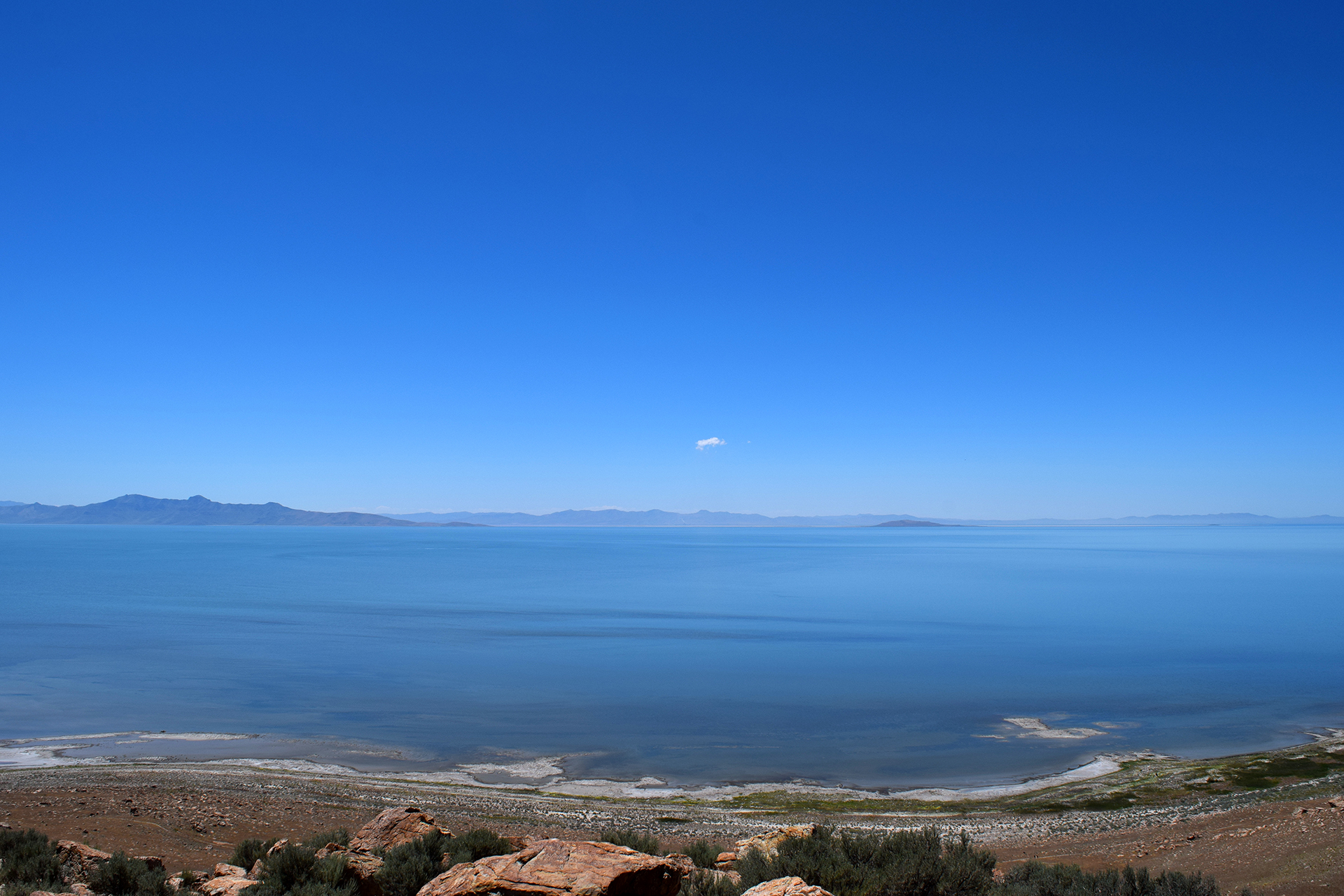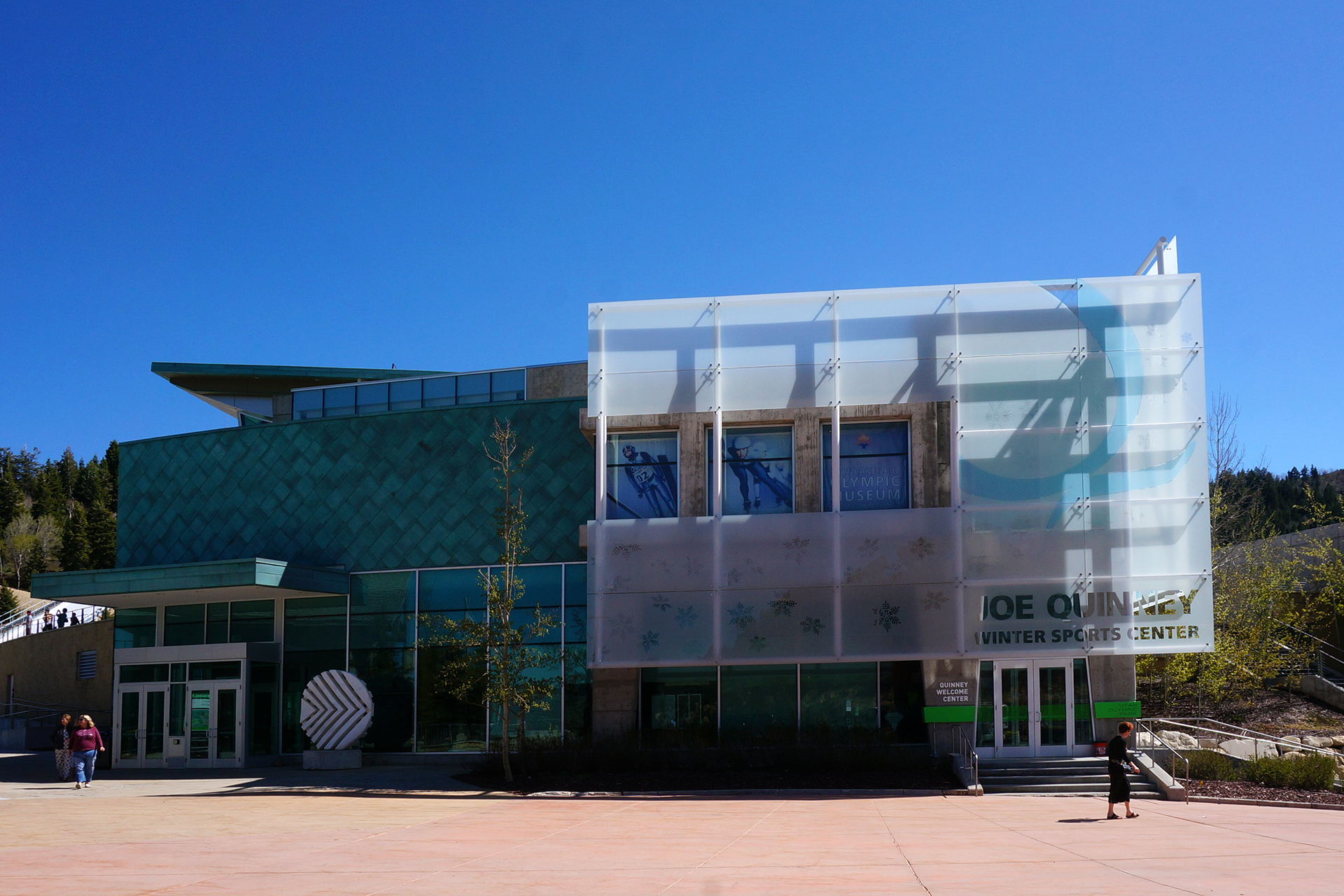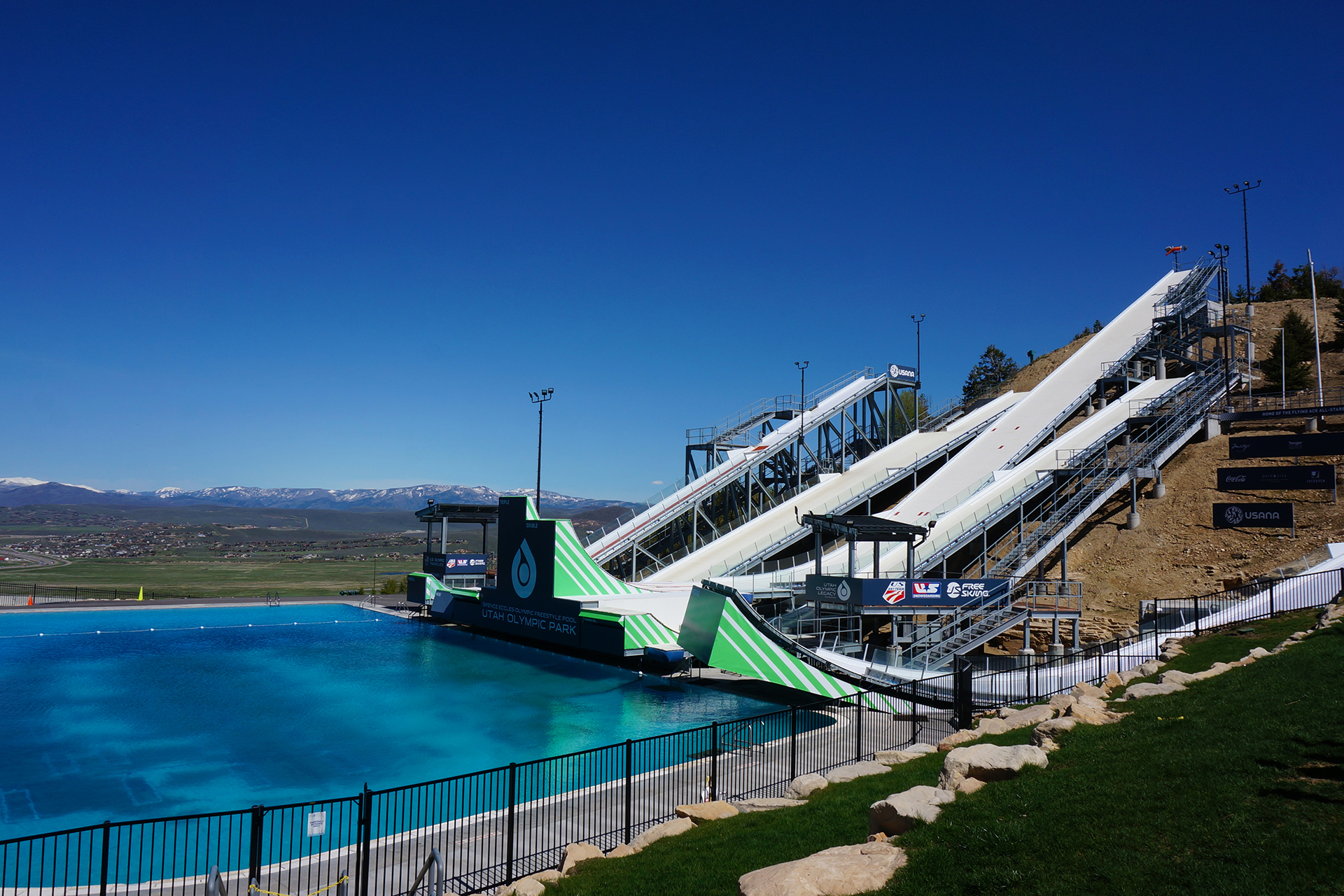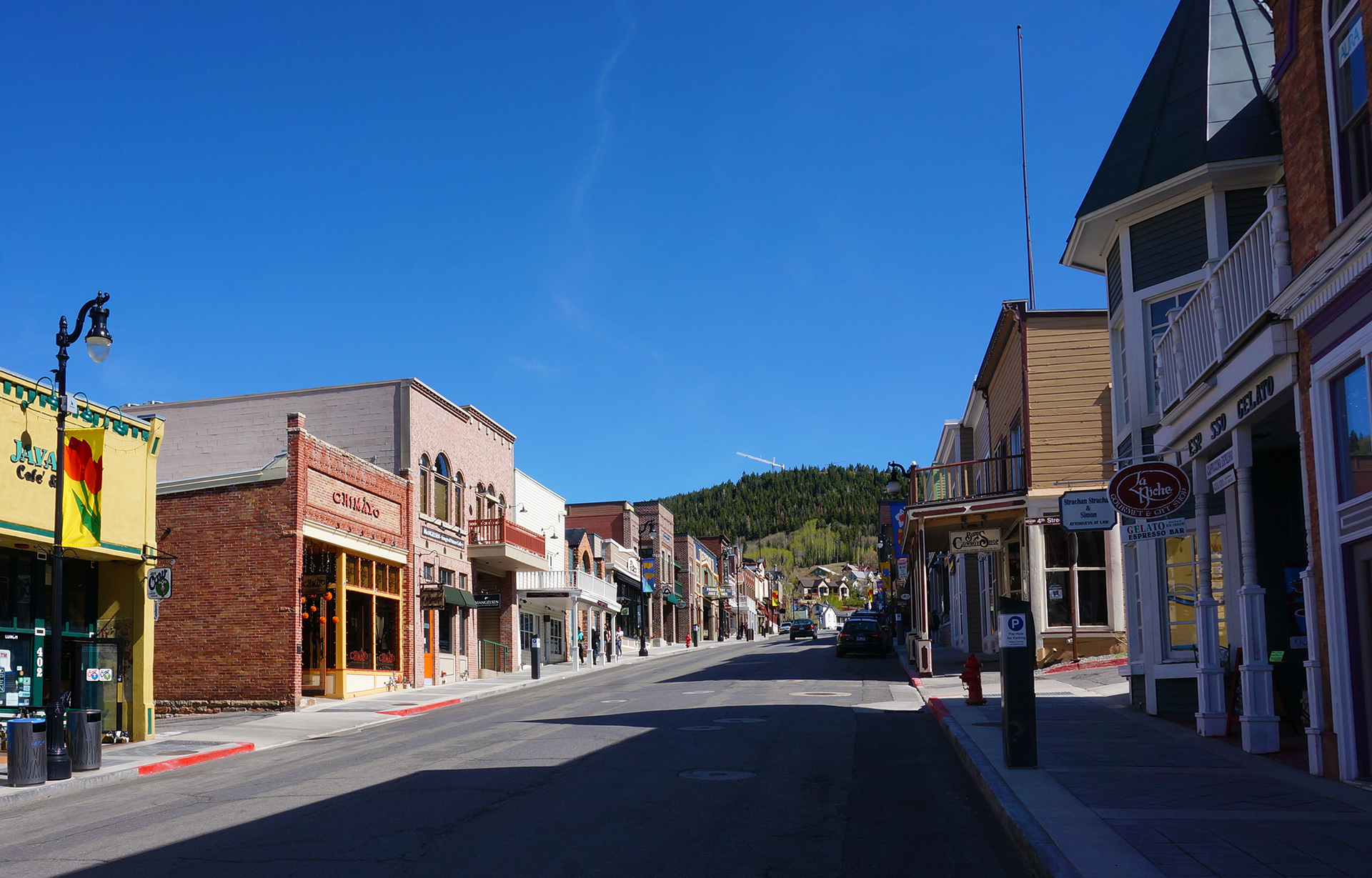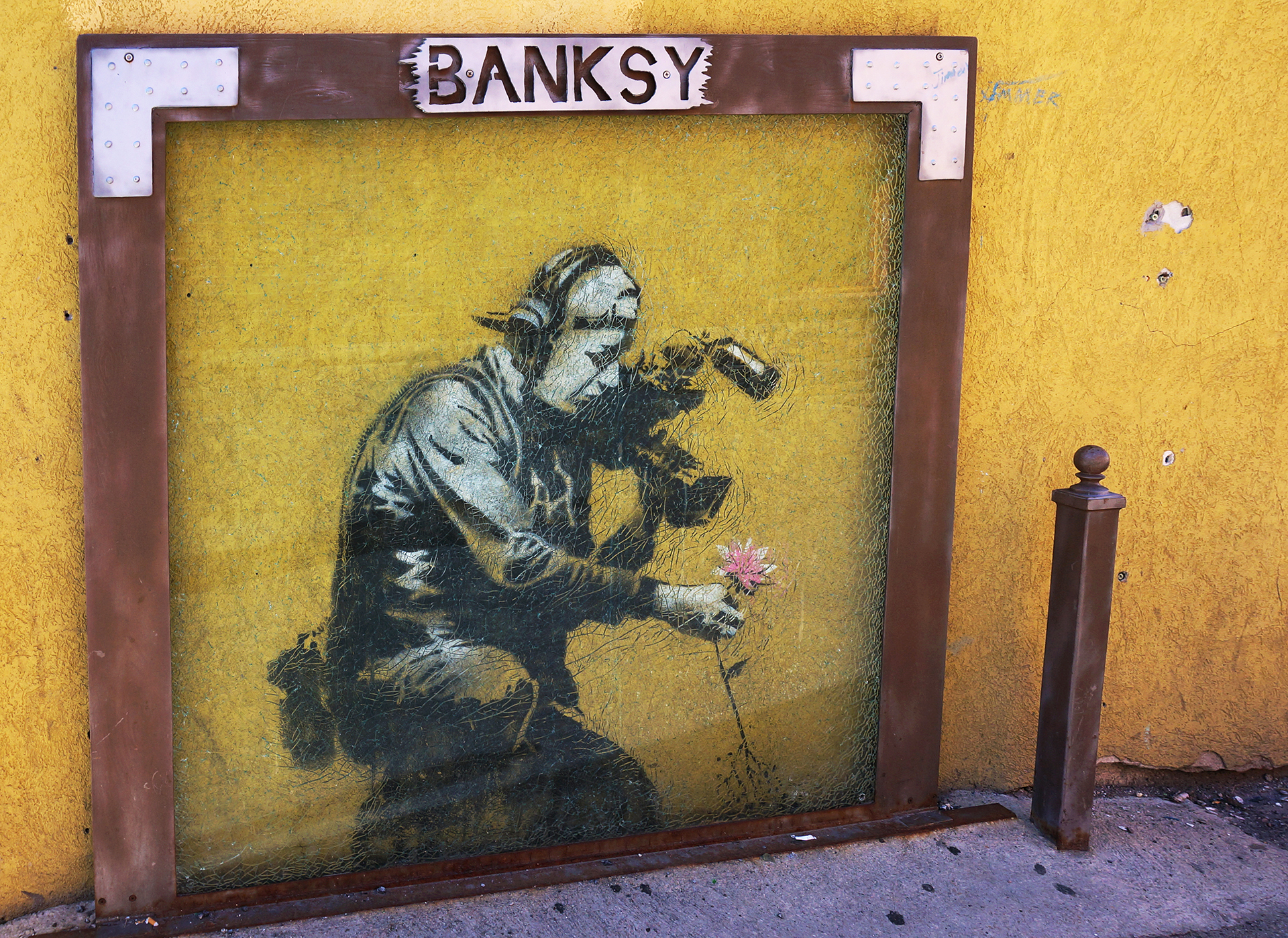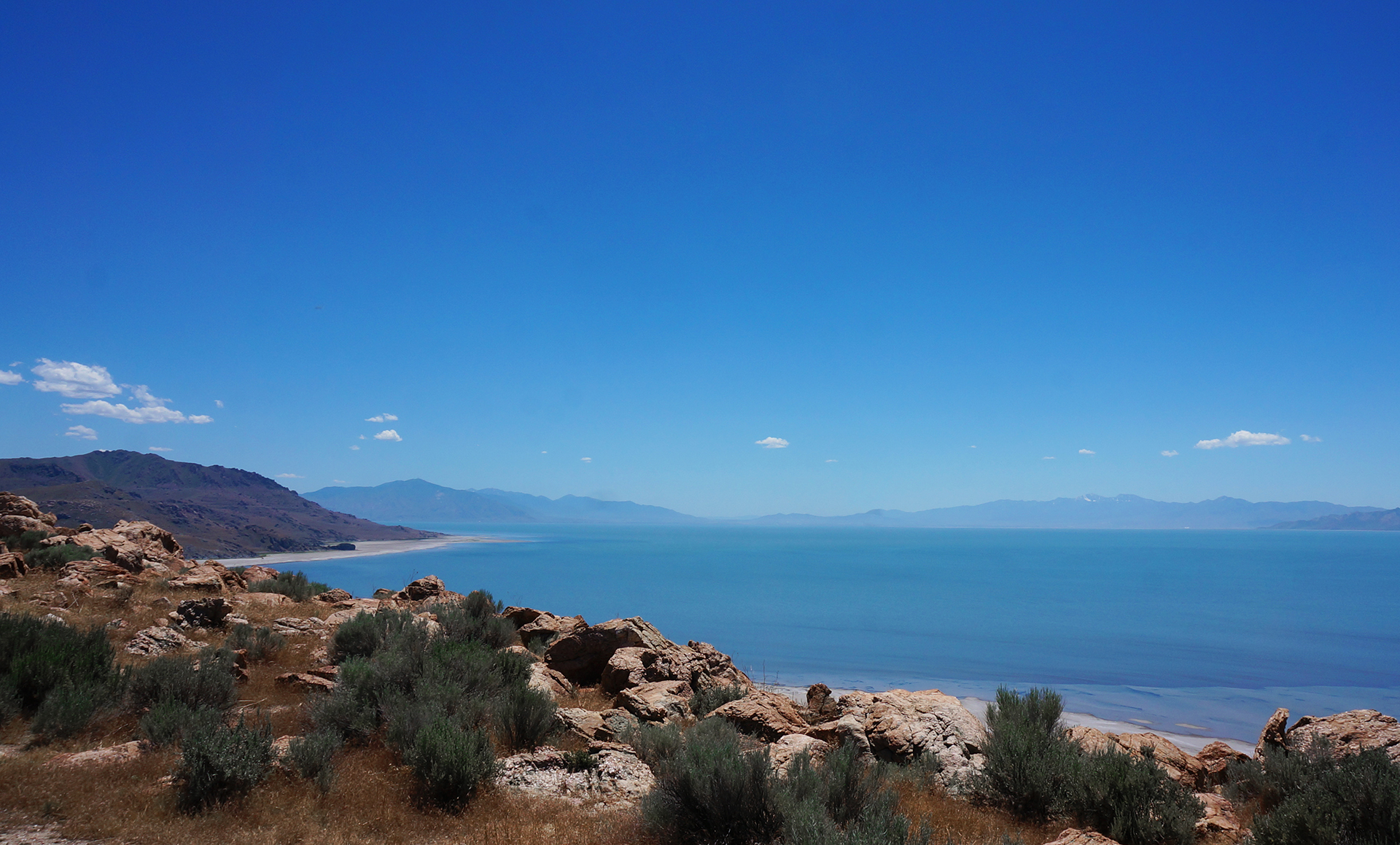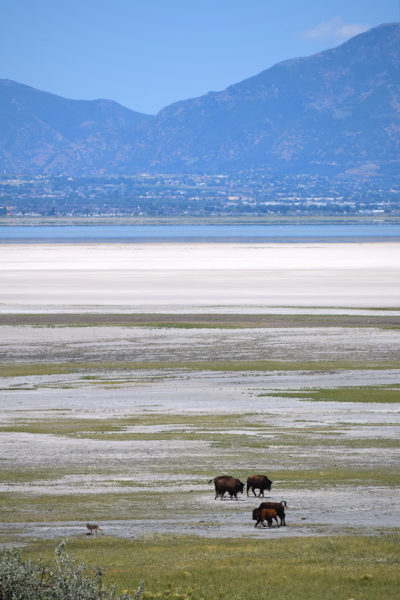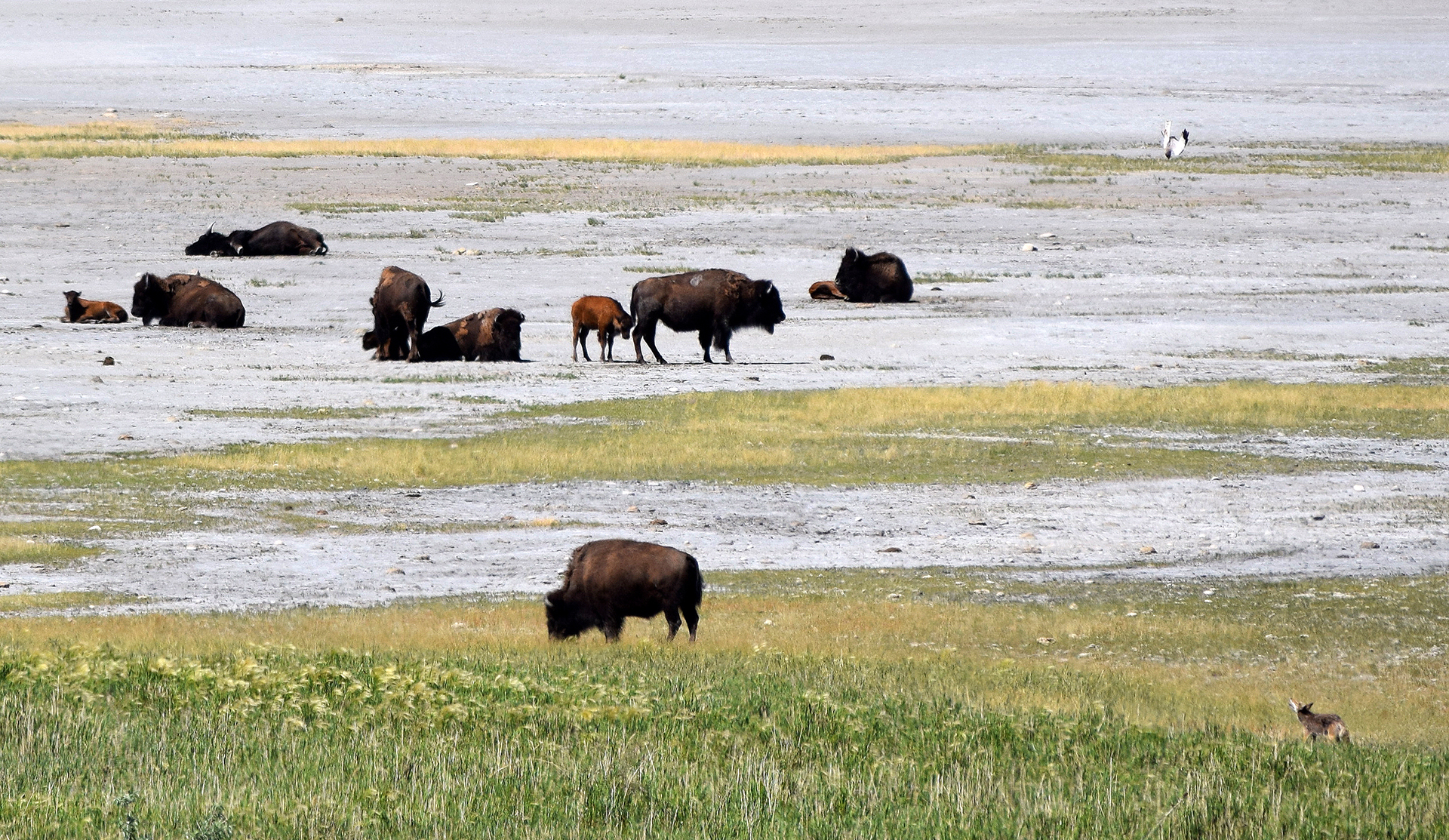Week 47.2: Zion National Park
Zion National Park is often rated as one of the most beautiful national parks in the country, and with good reason. Zion is a canyon, or series of canyons, but unlike at the Grand Canyon, you enter from the valley floor. The valley is lush with greenery, since the Virgin River that cut it still flows through, and if you stand in just the right places, the mountains curve away into the distance in the most breathtaking way.
Our favorite part of Zion were the many beautiful cliffs. Incredibly tall and sheer, each showcases a stunning gradient of fantastically varied colors. Zion sits in the middle of what is known as the “Grand Staircase,” a vast rock formation (recently protected as a national monument) which stretches across Utah and Arizona from Bryce Canyon to the Grand Canyon. The “steps” to the staircase are rock layers – the oldest (bottom-most) rocks at Zion, a dusty vermillion red, are the youngest (top-most) rocks at the Grand Canyon.
As you look up towards the top of the canyon walls, you see ever-changing bands of color that terminate in a beautiful white stone. In the tallest places, we could even see an eye-popping yellow. On the top of the Grand Staircase, at Bryce Canyon (coming up next), these white and yellow colors are at the bottom of the deepest cliffs.
Stop – Transit Time
We visited Zion from Kanab, which is a short but not easy drive. The route requires traveling through the park’s east entrance, an old, mile-long tunnel blasted by the CCC. The tunnel is quite low and narrow, and it has to be closed to one-way traffic every time an RV or bus goes through, because they only fit if they can drive in the exact center of the lanes.
We were in our car, so we fit fine, but we often had to wait for an RV to pass through. In retrospect, we wish we had stayed in the town of Springdale, where you can walk directly into Zion. Once you’re in the park, it’s pretty easy to get around – like many heavily-visited national parks, Zion has a free shuttle system to take you to the main sights. Unusually, use of the shuttle is actually mandatory from spring to fall. The road into the canyon is closed, and you park on the outskirts and take the shuttle to different spots inside.
Getting around via shuttle can be a little slow, but we didn’t mind. Zion is a delicate place, and we were happy to help preserve it. As a bonus, we really enjoyed watching the palpable horror some of our fellow Americans felt at having to use public transit.
Razor Thin Margins
There is an incredible amount to see at Zion, with overlooks all over, and it’s a hiking paradise. We went three times and barely scratched the surface. In particular, we never got to hike the famous Narrows or the Subway, slot canyons still being carved by the Virgin River. We really wanted to try them, but the routes were closed. The river essentially is the hiking (“wading”) trail, and the spring melt had left the water level and flow rates dangerously high.
Don’t worry, we still found plenty of ways to risk life and limb. We kicked things off with a bang by hiking the also-famous Angels Landing trail, which we knew little about before we started (familiar territory for us). It starts with a steep, 1,000 foot climb before reaching a plateau with some nice views, and for the adventurous, you can go another half-mile to an incredible viewpoint.
The only catch? That last half-mile involves hiking on a knife’s edge, with the trail sometimes just a few feet wide, and 1,000+ foot cliffs on either side. In mountain hiking terms, this is called “exposure,” as in, “you are exposed to dying.” A single chain acts as both a guard-rail and handhold, but it’s two-way, so you constantly have to let go so people can pass.
Holy hell, that was crazy. It turns out quite a few people have died doing the Angels Landing hike, something we were happily ignorant of before we started. It was definitely scary – Jake has spent much of this trip working on his fear of heights, but Angels Landing was desensitization treatment in the extreme. Even once we reached the top, which was mercifully flat, there was one last walk between cliff-edges, with the wind gusting unpredictably as it tried to push us off.
It was all tiring, and terrifying, and occasionally flat-out insane, but those views…
All worth it.
Bonus story that will make your blood boil: as we headed out into the terrifying chains portion, we passed a family with FOUR TODDLERS coming back the other way. Like, 3-5 years old, max. Each one was wearing, essentially, a dog harness, with the leash tied to an adult in the group. So, points for safety, but we still wouldn’t recommend it. The kids were clearly exhausted – this was a tough hike for us, and we were pretty much professional hikers at this point – and kept asking when their nightmare death climb would be over (paraphrasing).
Their parents just told them to stop complaining.
Taking It Down a Notch
After our Angels Landing adventure, we decided to lower our risk of death by exploring the canyon floor. There was plenty to see, most notably the Emerald Pools, a series of waterfall-fed pools that couldn’t possibly kill us.
Except… while looking up the Angels Landing death statistics for this post (5 official, many more unofficial), we discovered that the National Parks Service lists 7 deaths for Emerald Pools, more than for Angels Landing! The lesson: never go anywhere.
The Emerald Pools weren’t even that photogenic, which is why we aren’t featuring pictures of them here. We did have a fun encounter, however, when a group of college kids asked us to take their pictures using a ridiculous Polaroid-style camera. To sweeten the deal, they offered to take a Polaroid of us in return. So we took their picture and had ours taken in return – and it turns it’s still pretty fun to get a physical picture, even if has an image quality somewhere between “prehistoric cave painting” and “mud stain.”
Up And At’em
For our final experience in Zion, we decided to try another long hike, this time climbing up the side of the canyon wall towards the rim. It was tough, but the terrain was constantly changing, keeping us entertained. There were valley views, different valley views, sand, switchbacks, a (sort of gross-looking) reflecting pool, and even a small slot canyon with a talus cave!
After we made it to the top, we walked about a mile along the rim, passing the yellow stone we discussed earlier. We also took a lot of pictures, snapping them whenever the view down Zion Canyon changed ever so slightly. (We took over 1,400 photos during our three days here!) We ended up on a large promontory – the literally-named “Observation Point” – which juts out into the canyon like the prow of a ship.
Standing on one of the highest points in the area, we had an incredible, 360 degree view.
You can see Angels Landing in these photos – it’s the large, fin-like “island” in the valley below. That’s where we hiked with the chain and the exposure and the toddlers-on-leashes.
Someday, we really hope to do it again.

